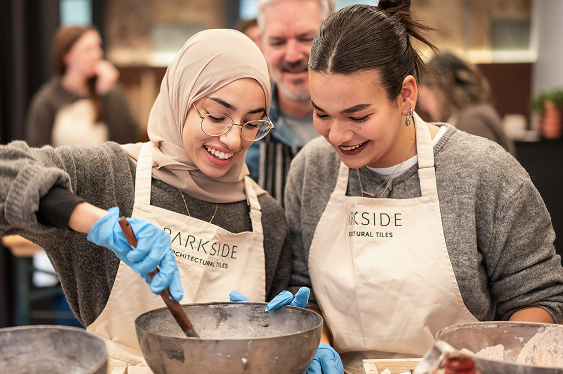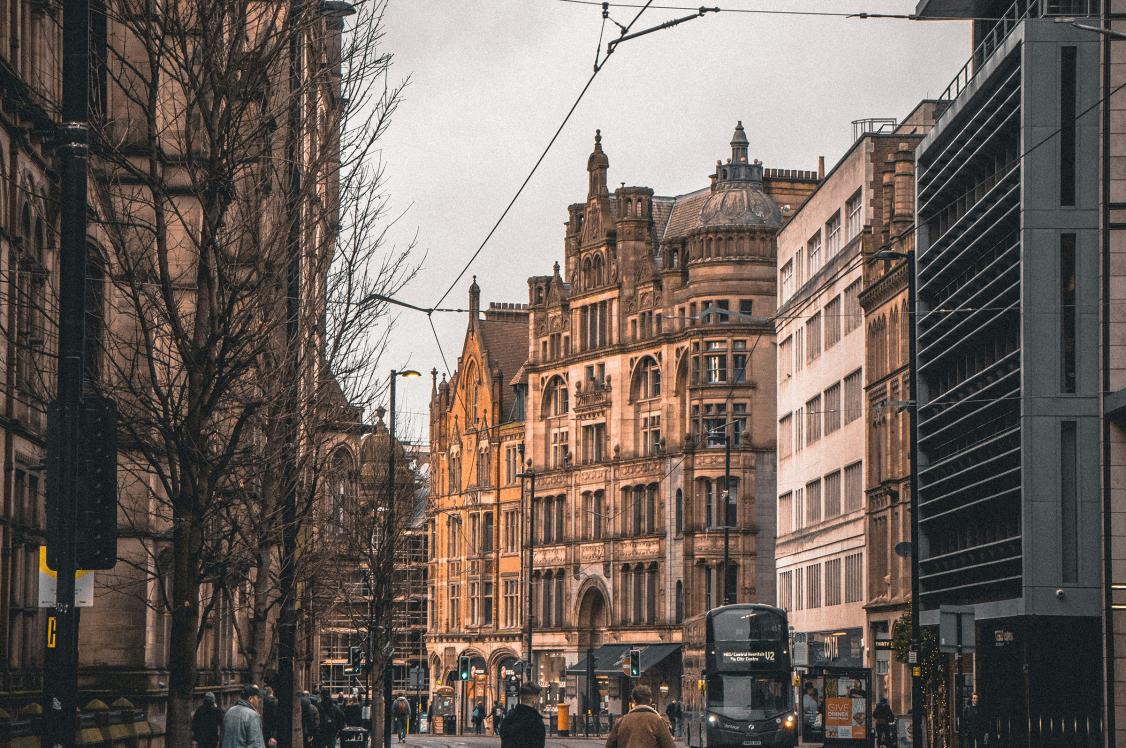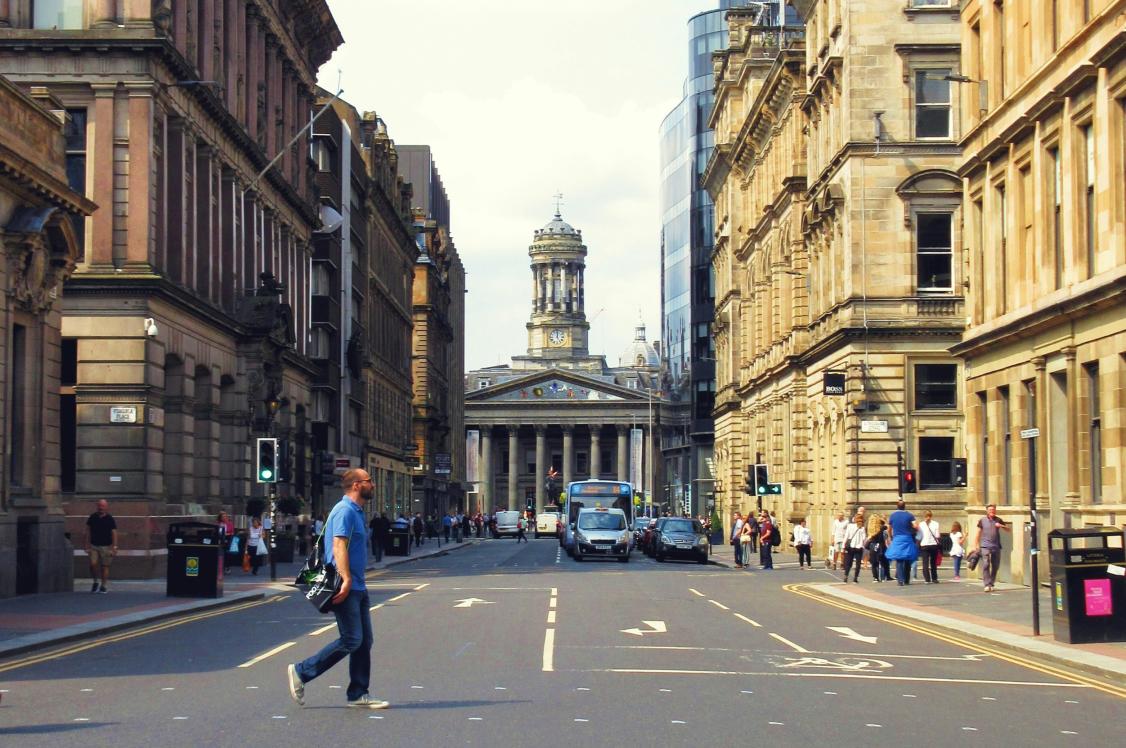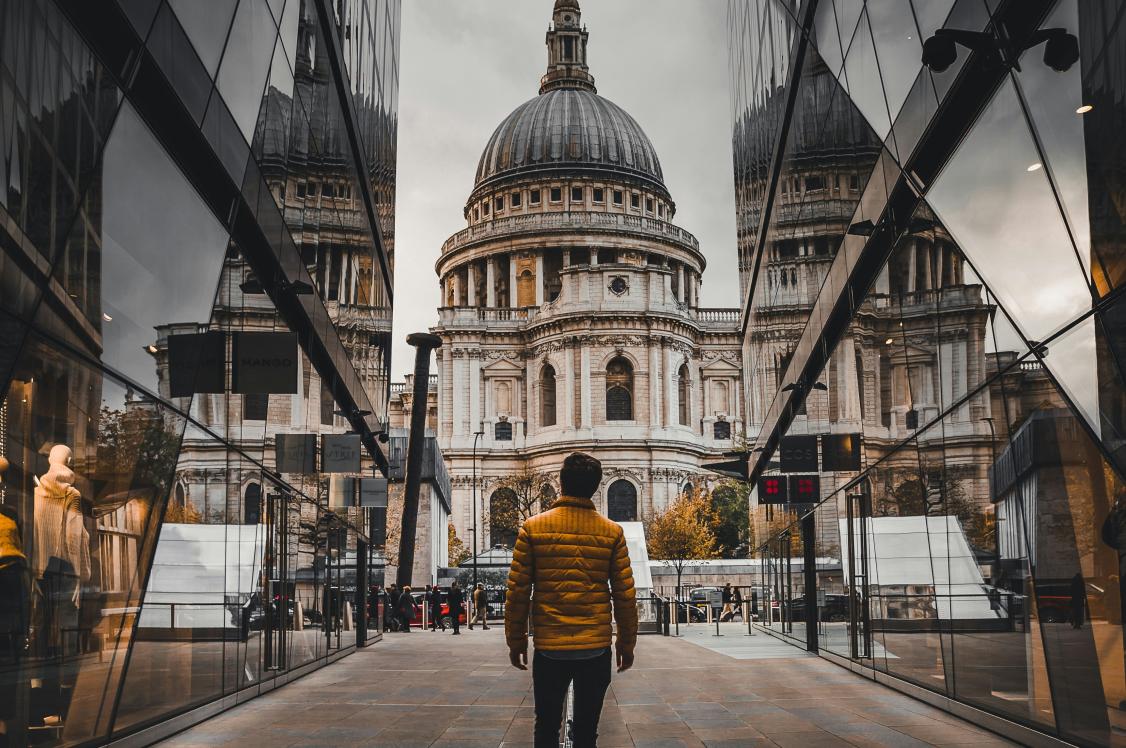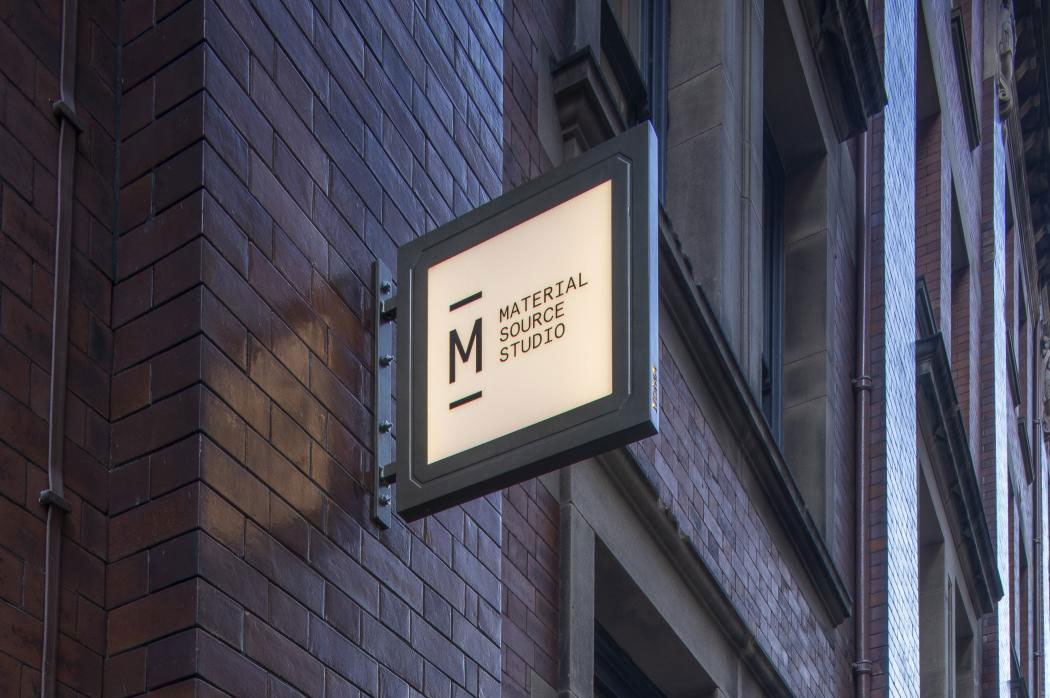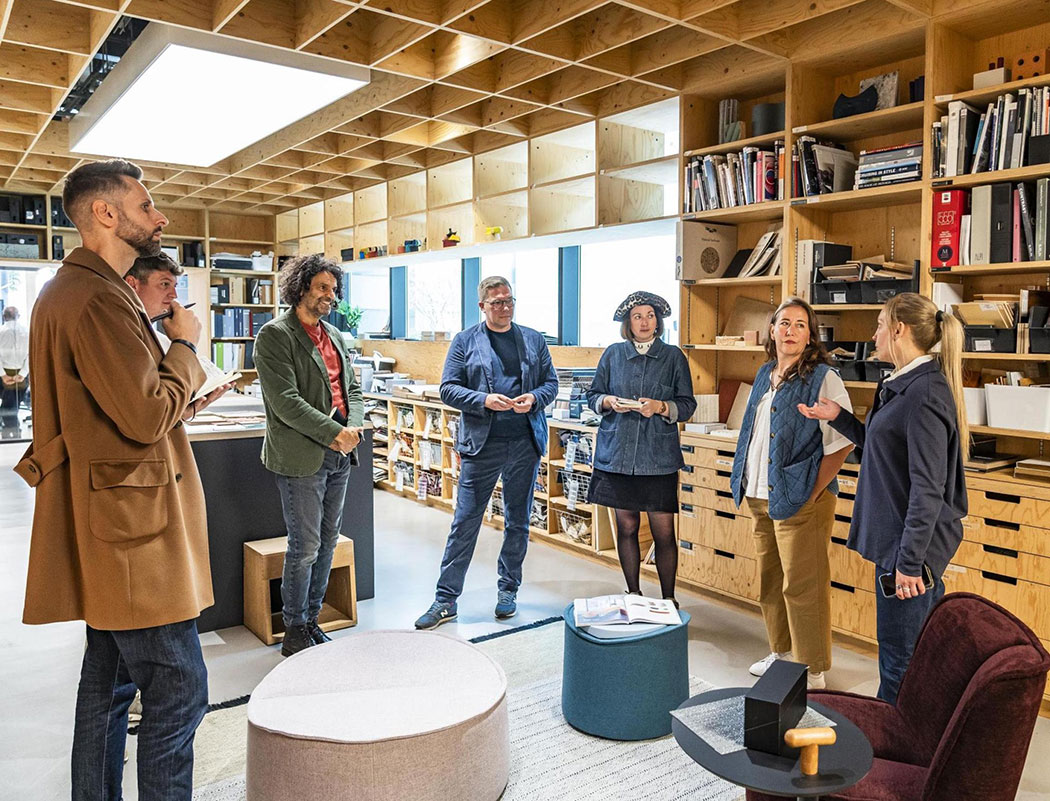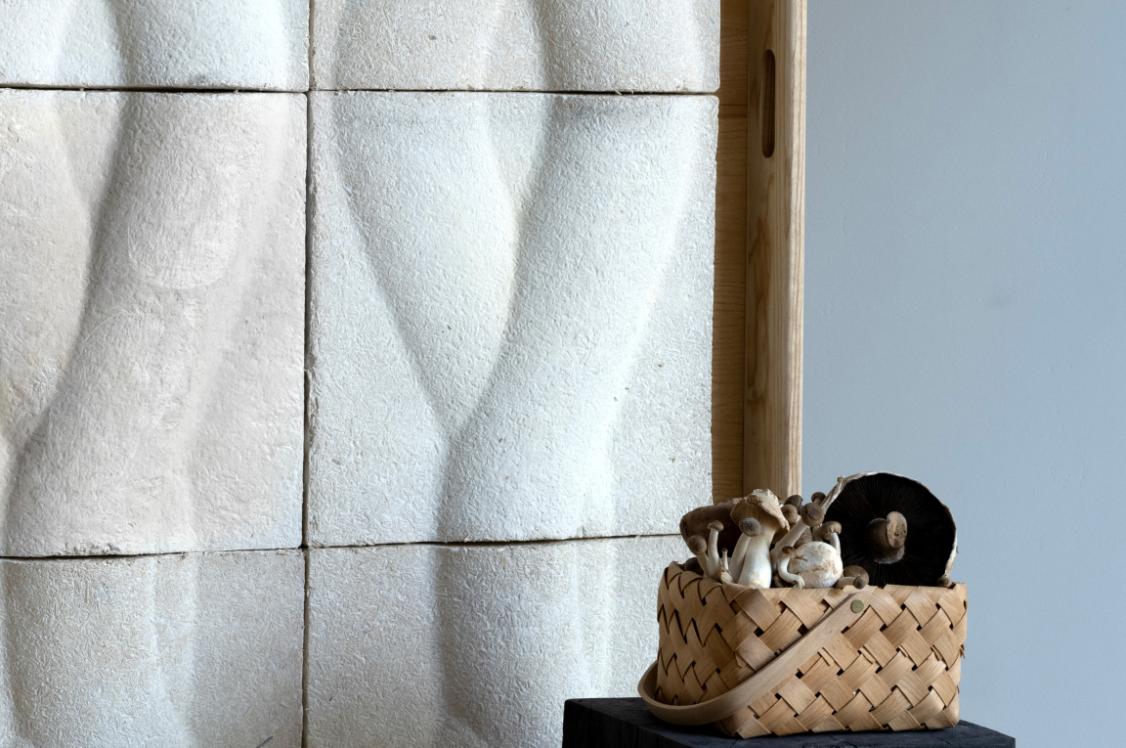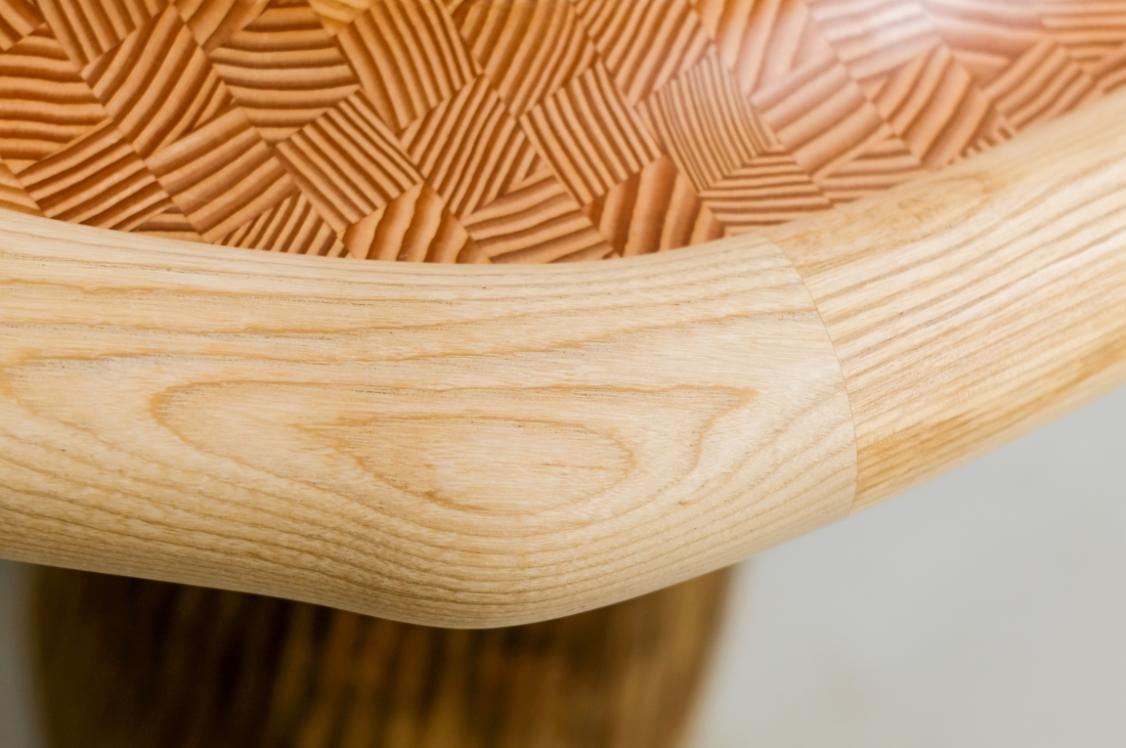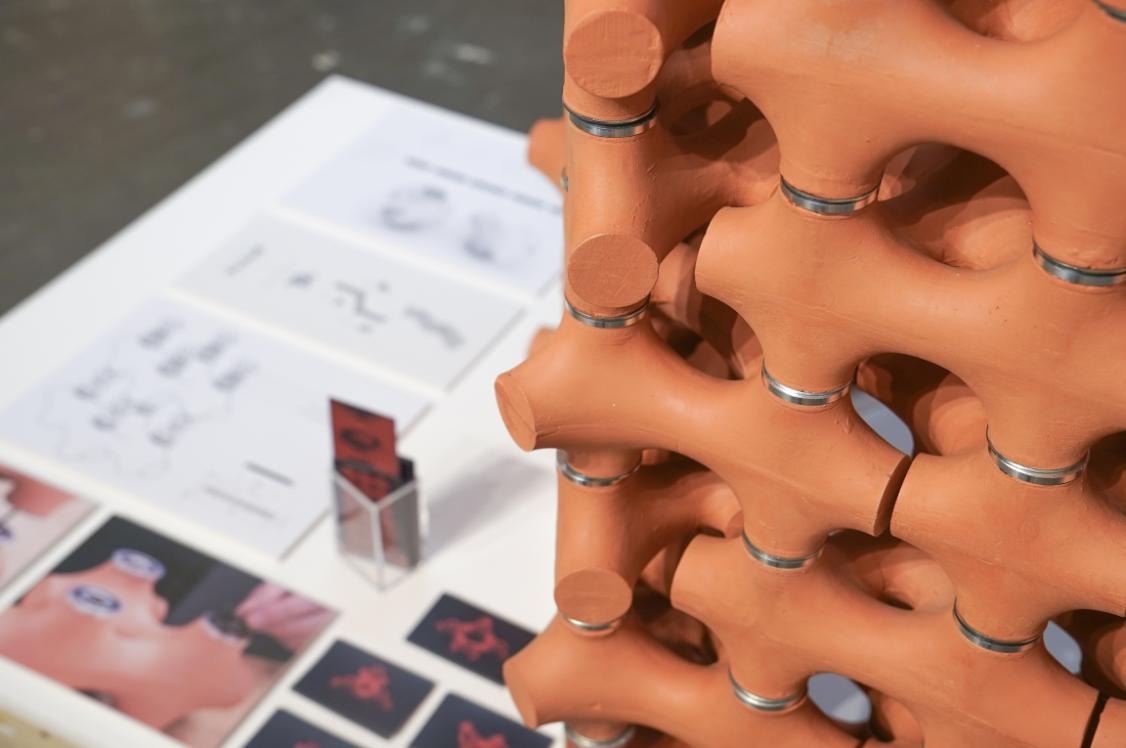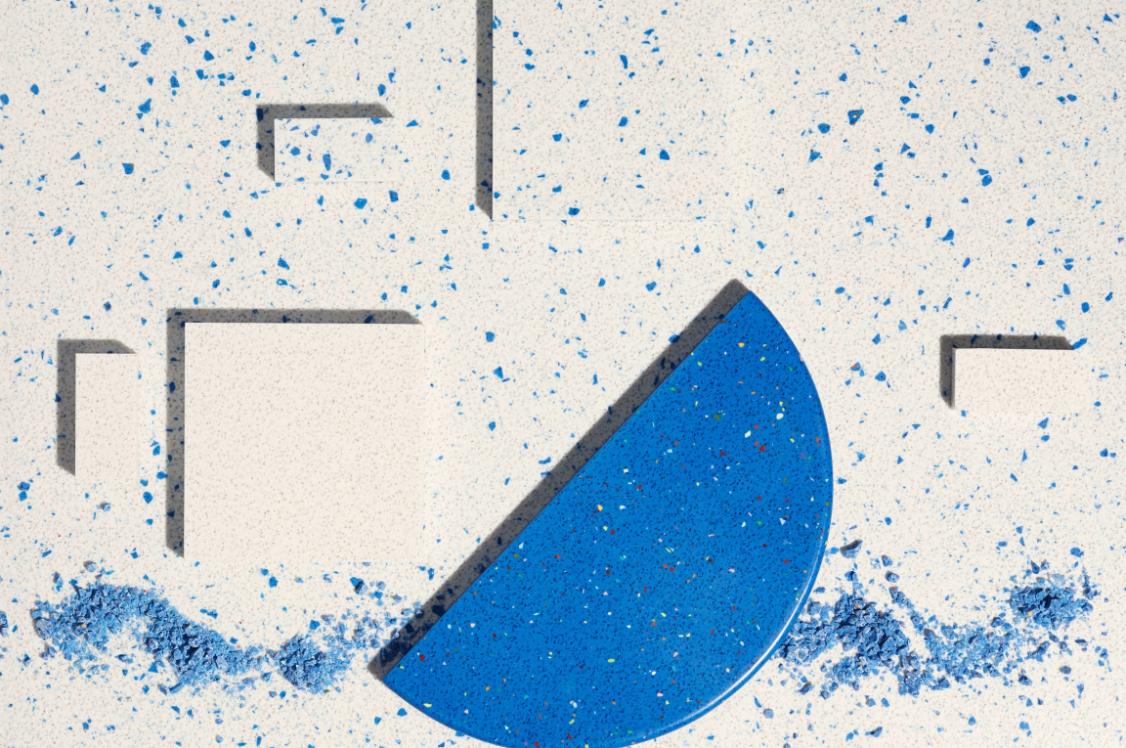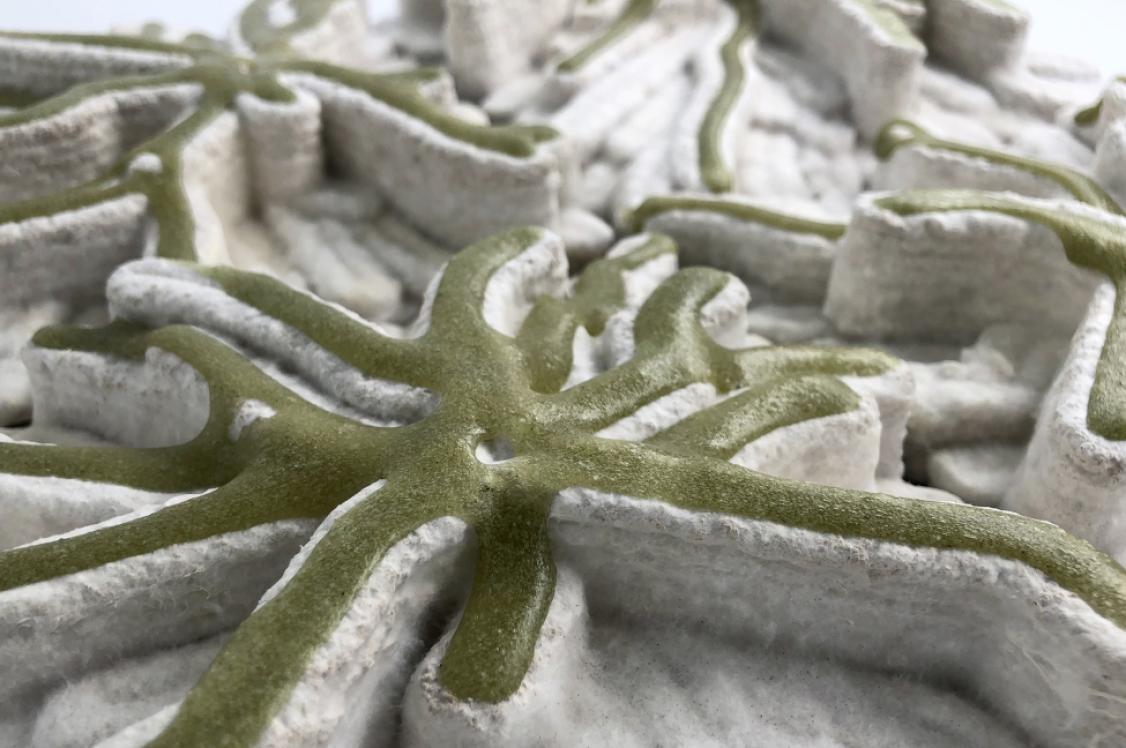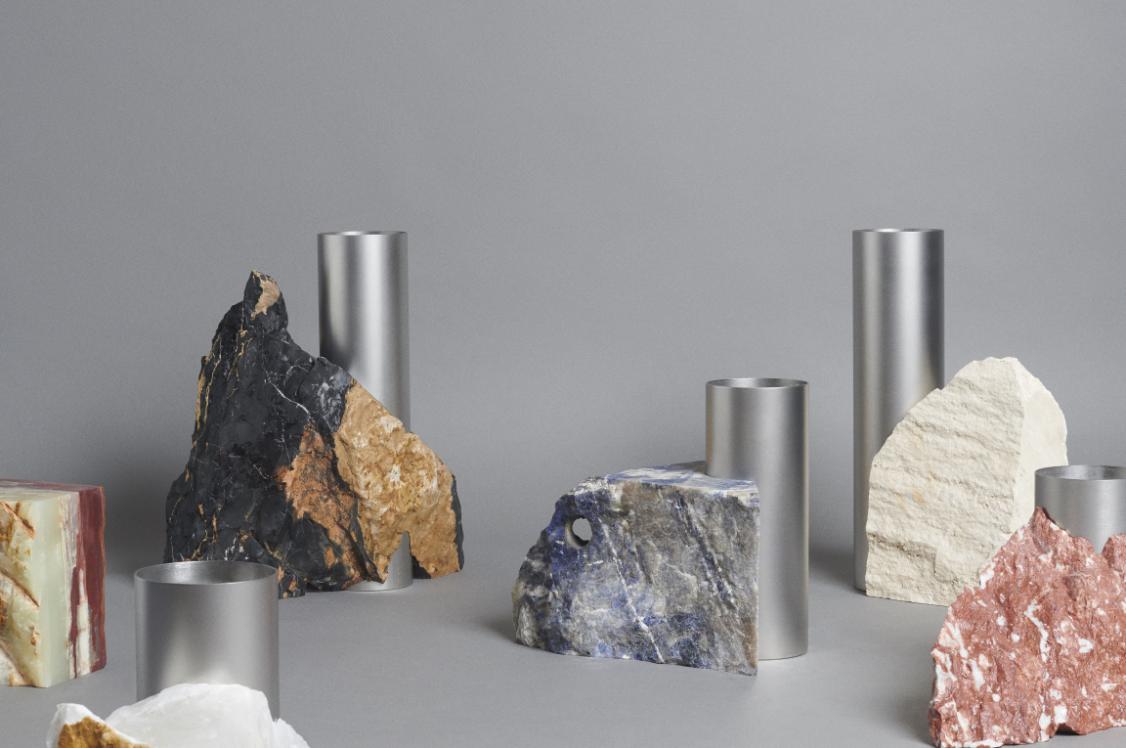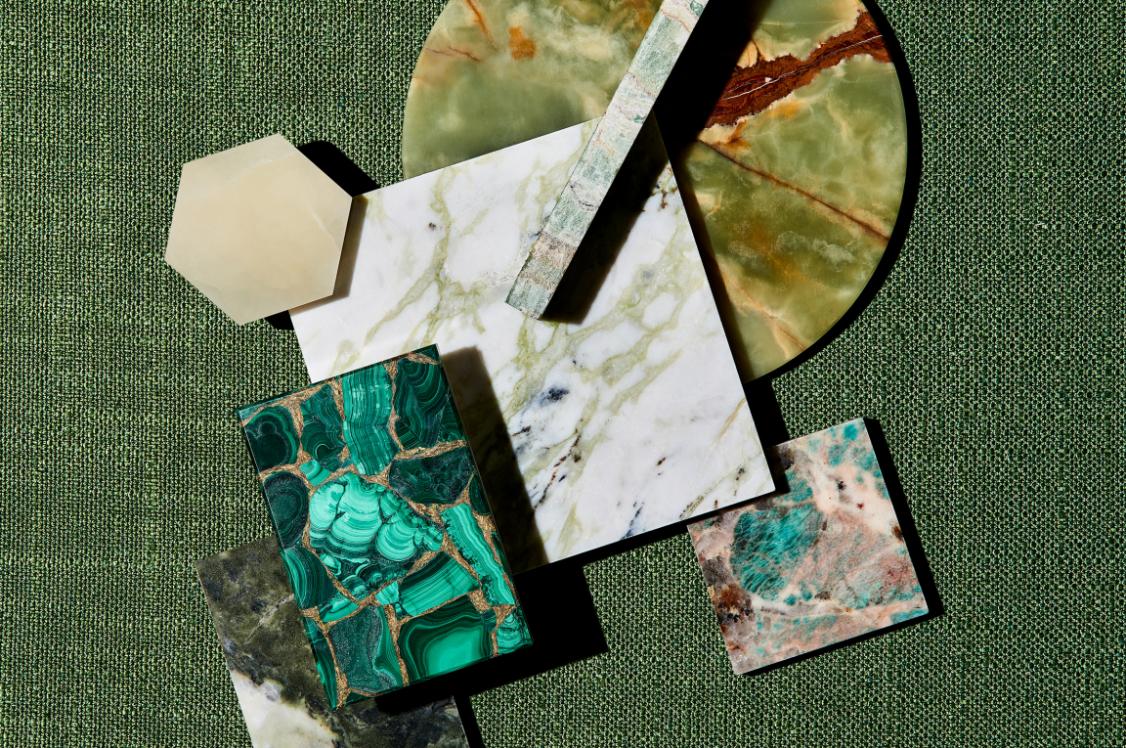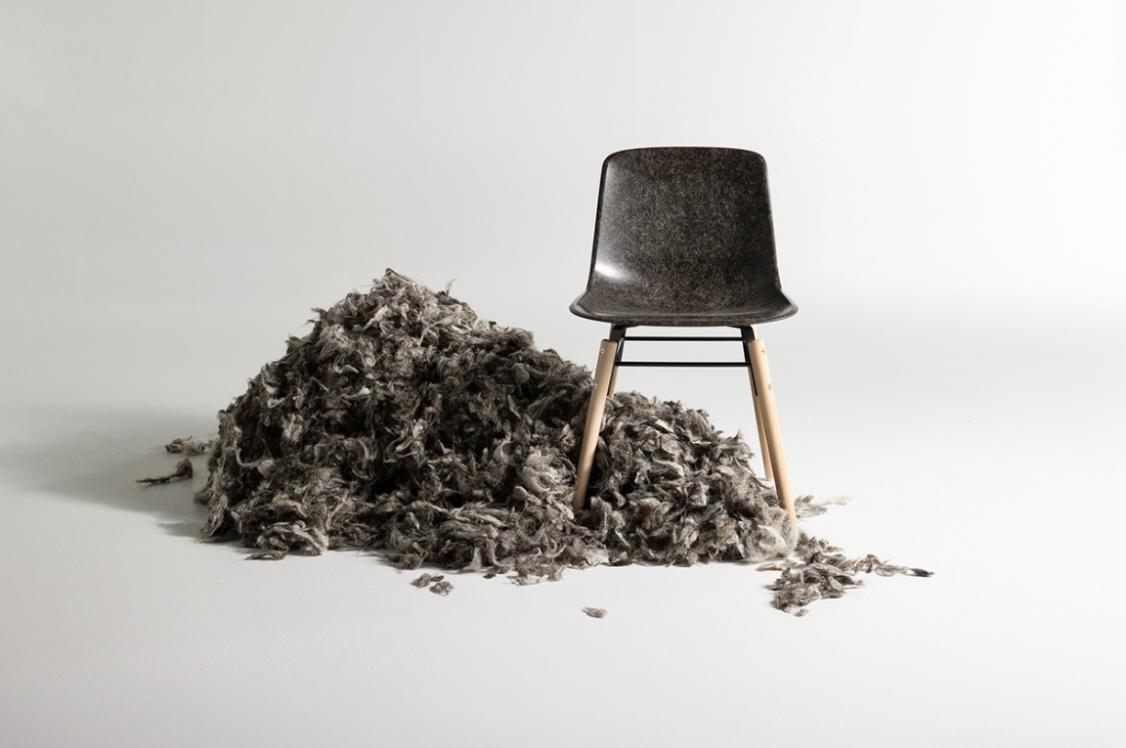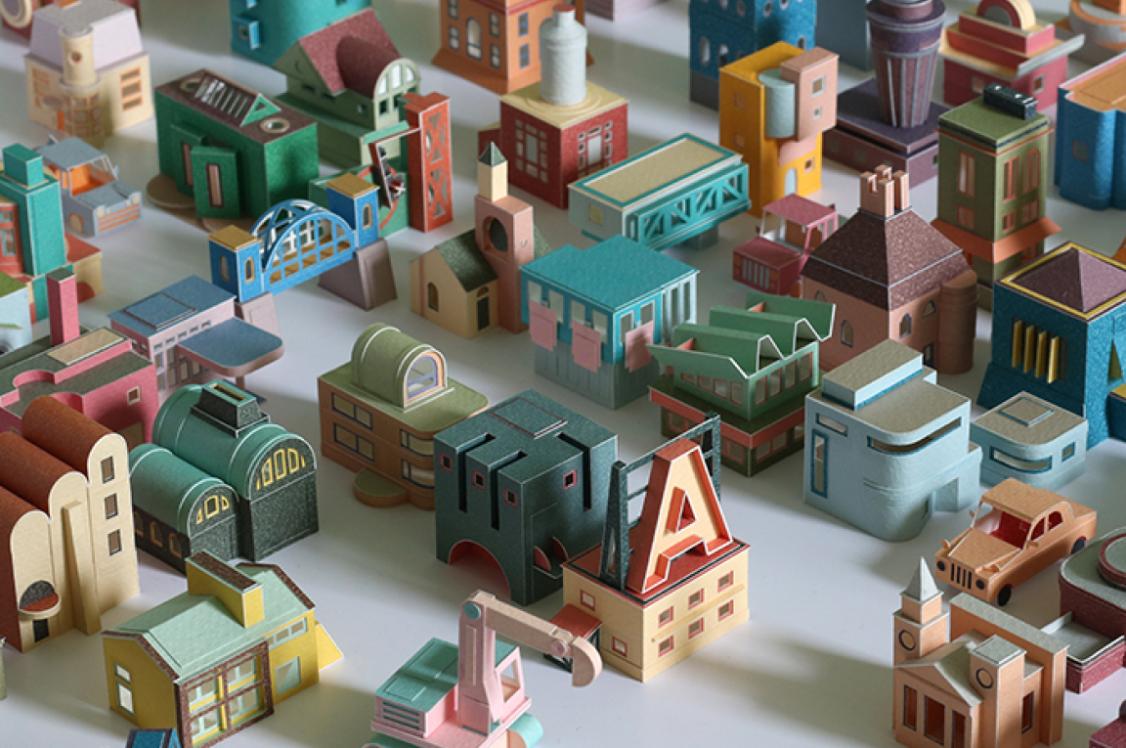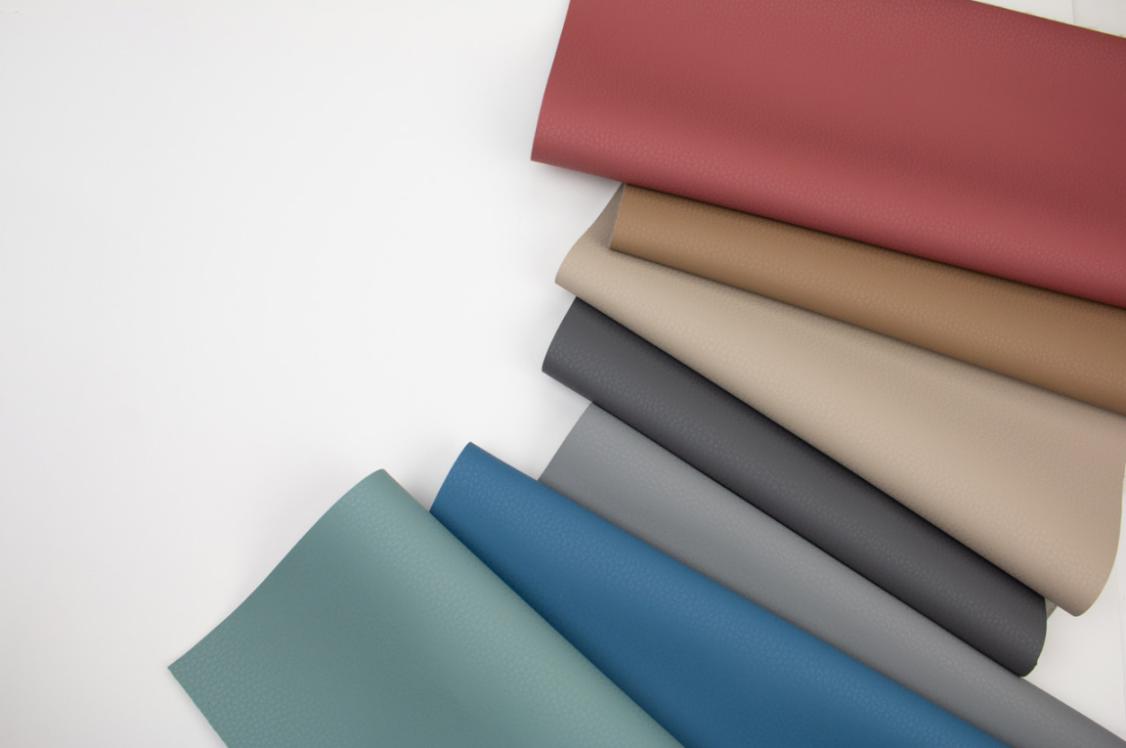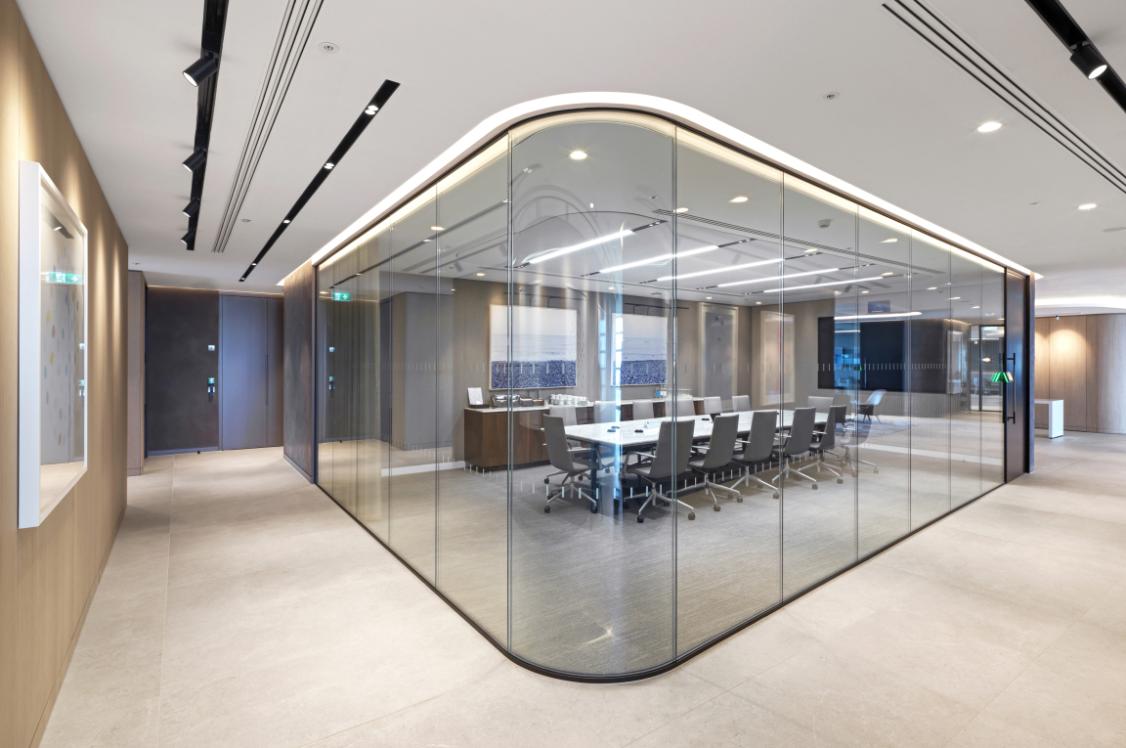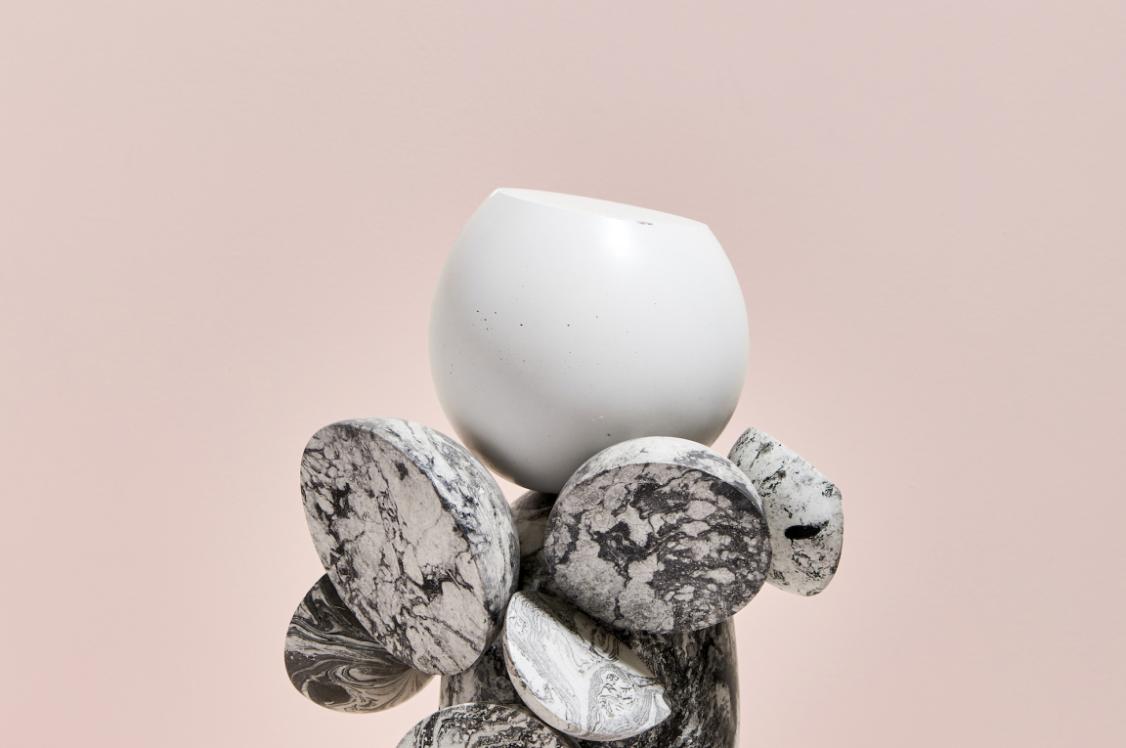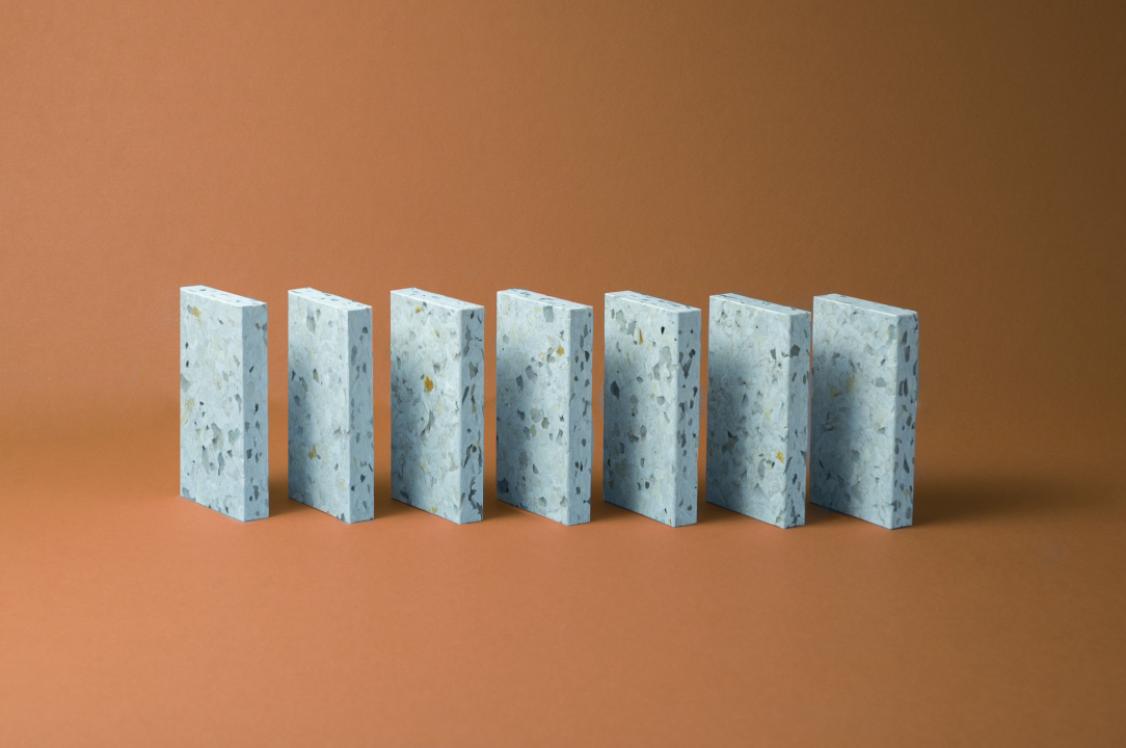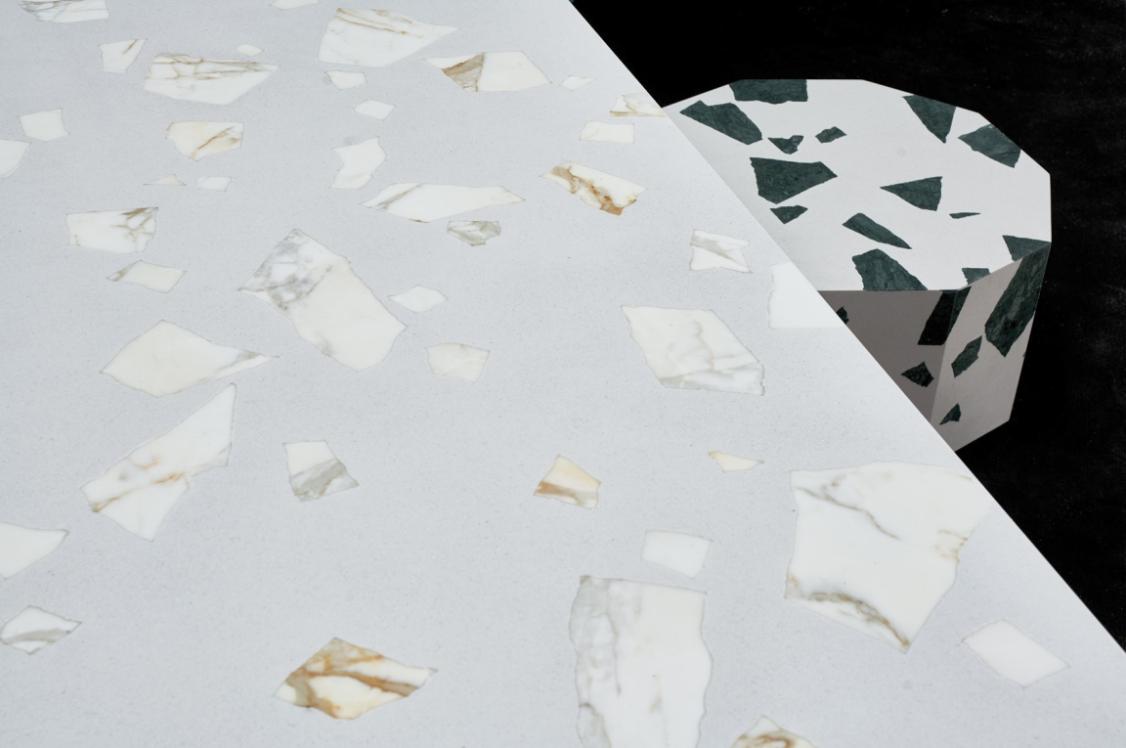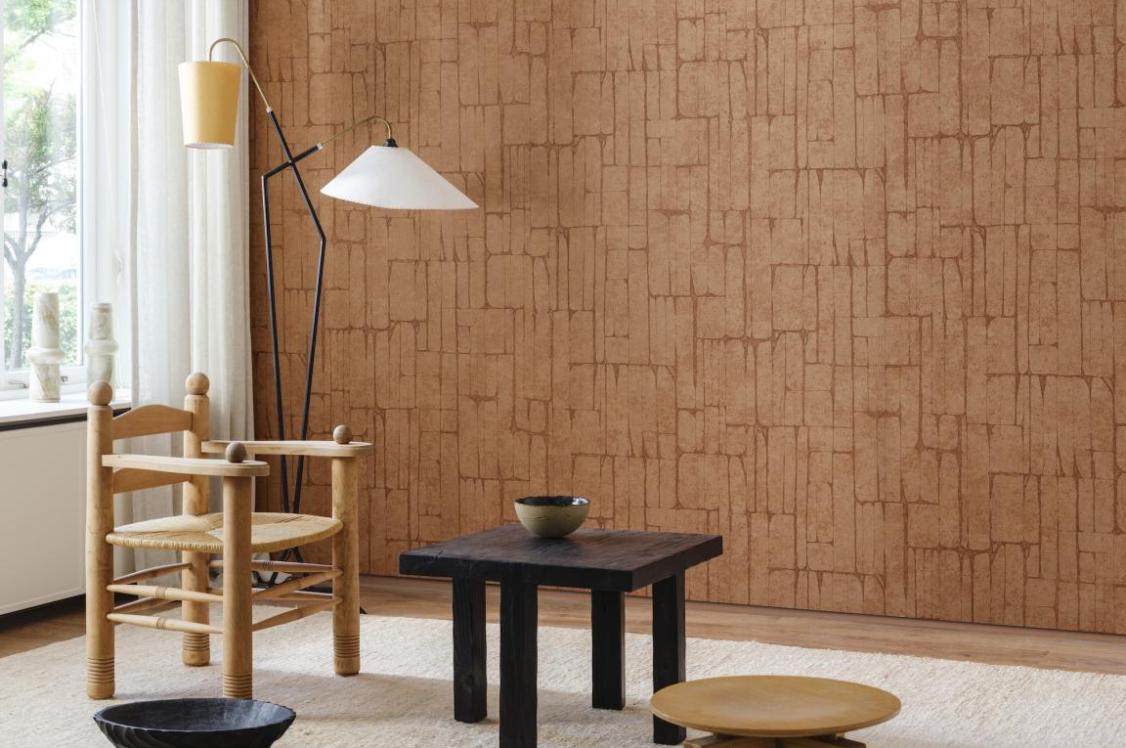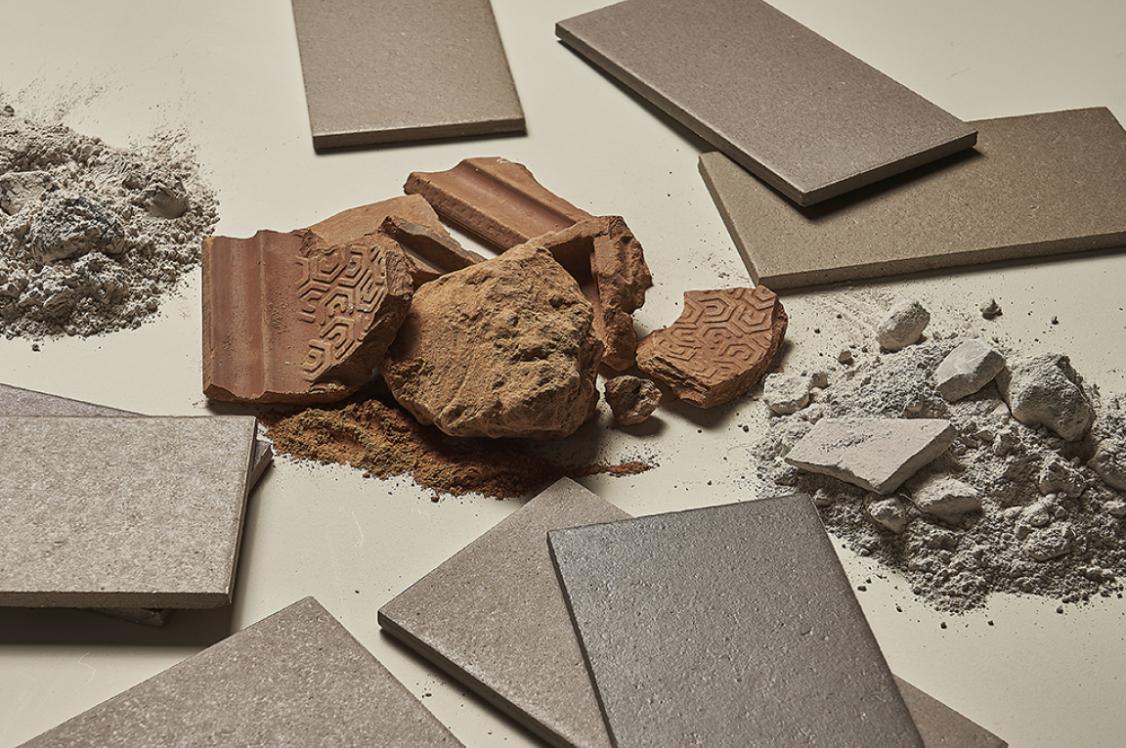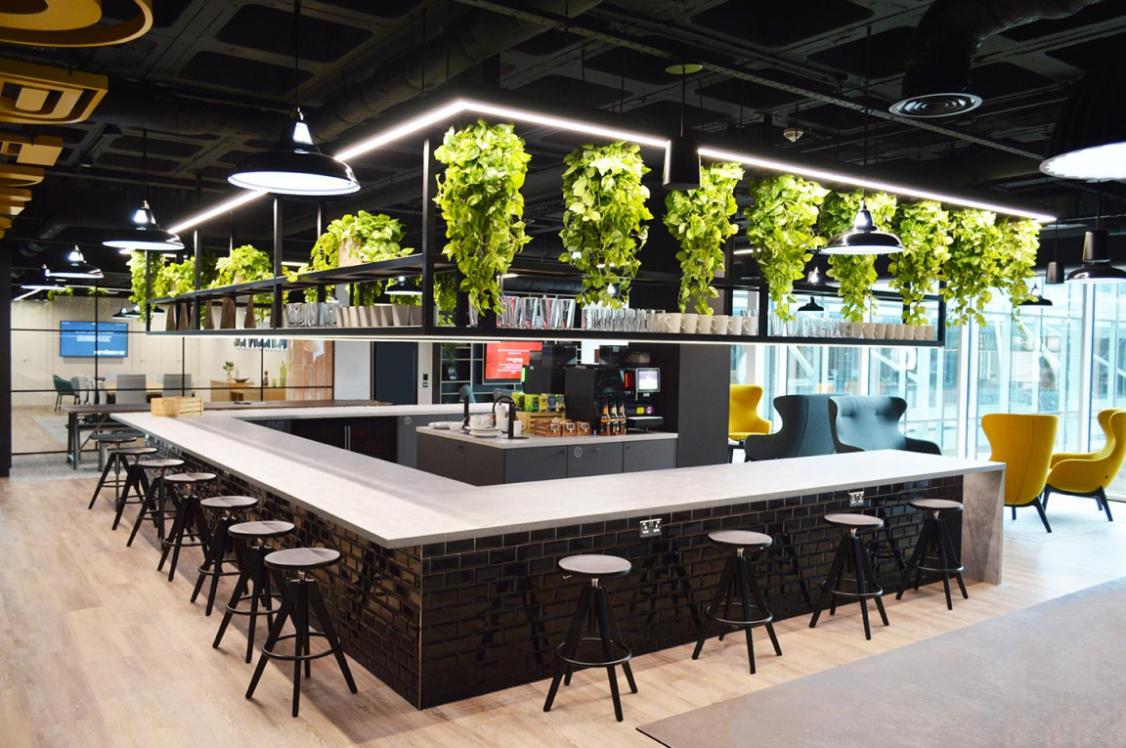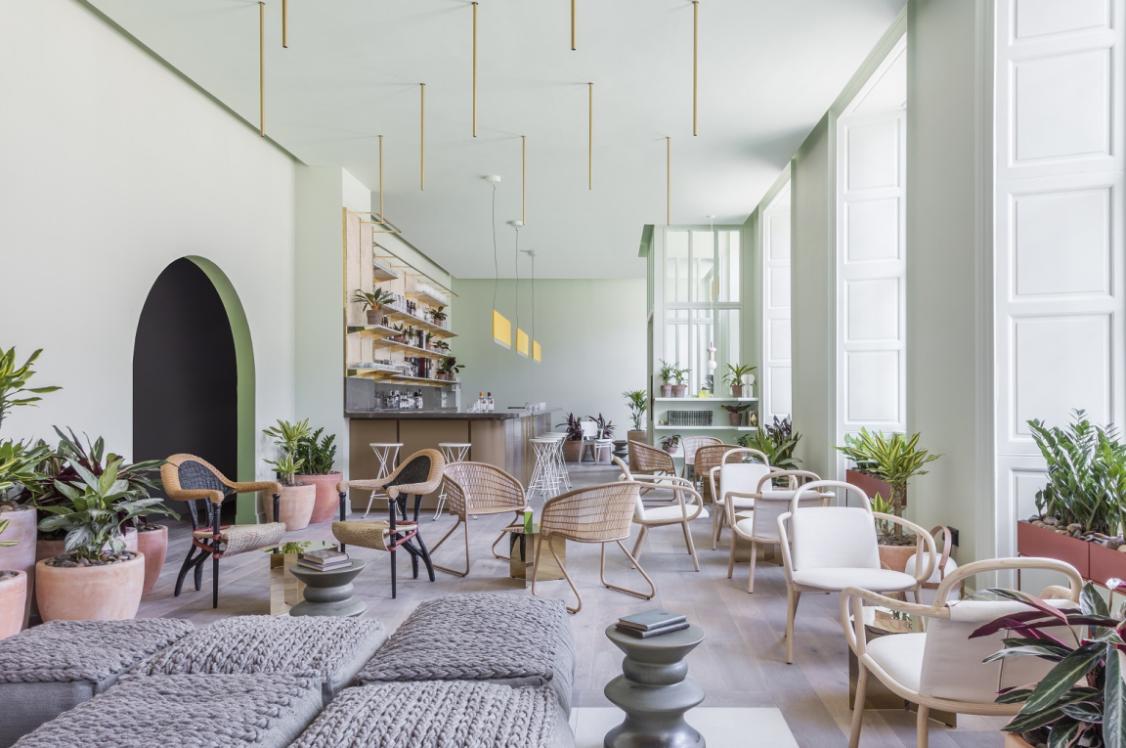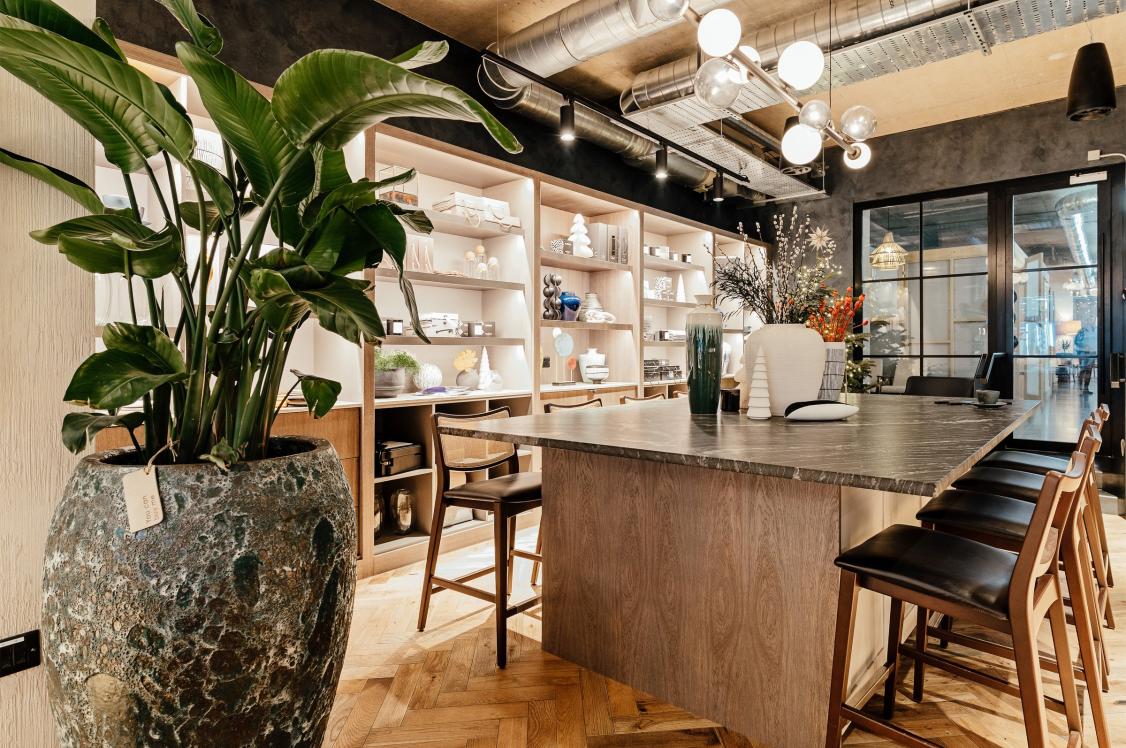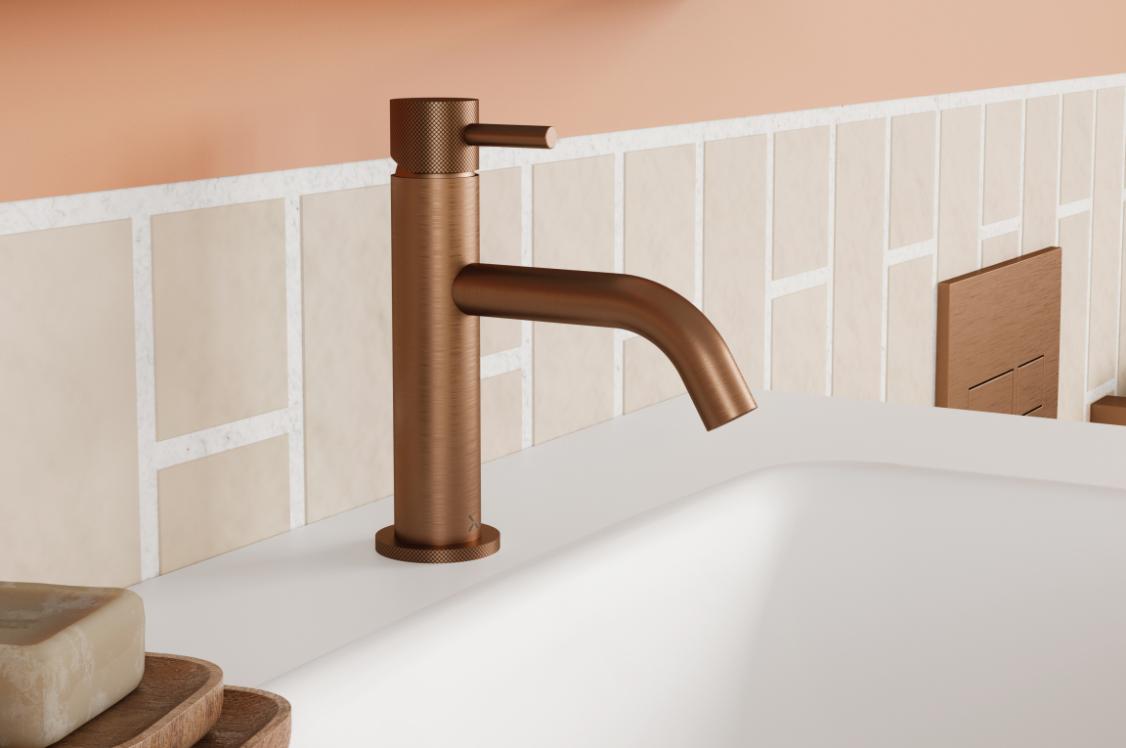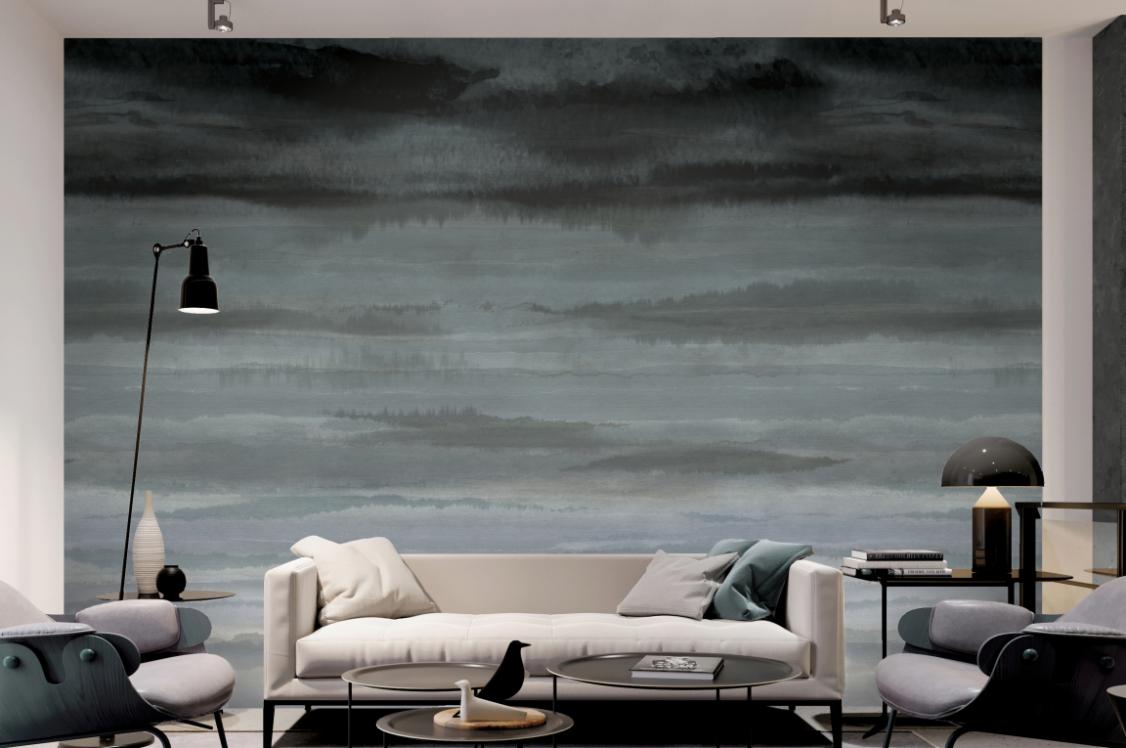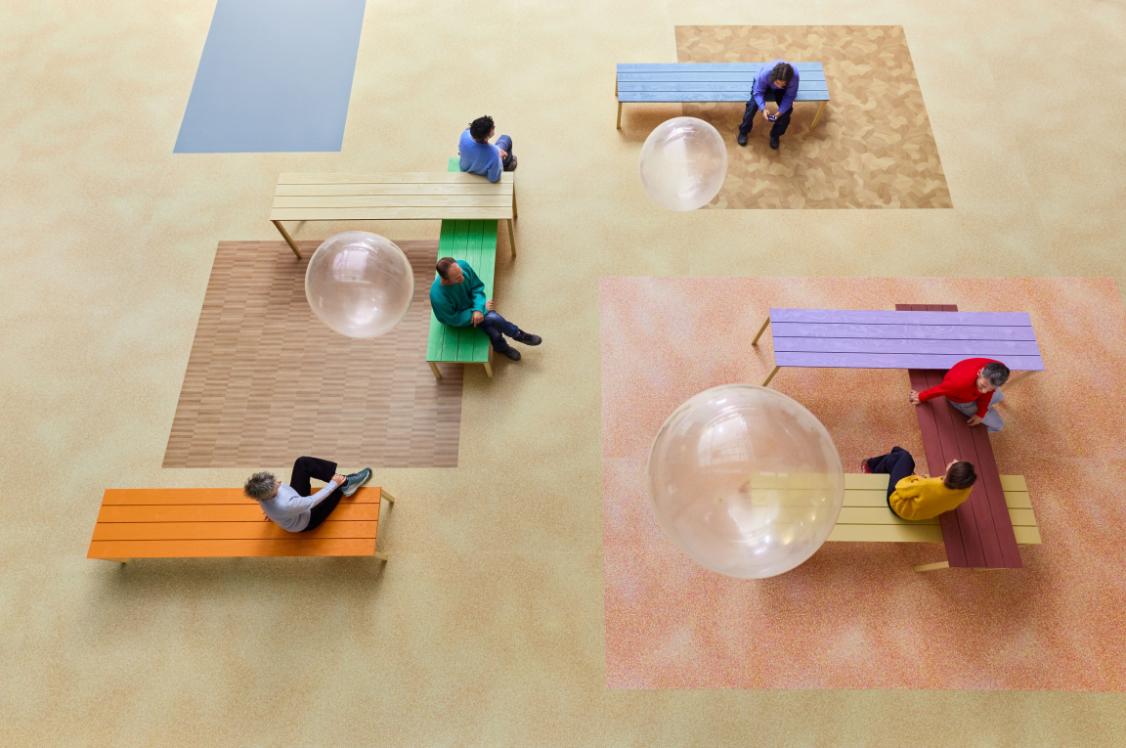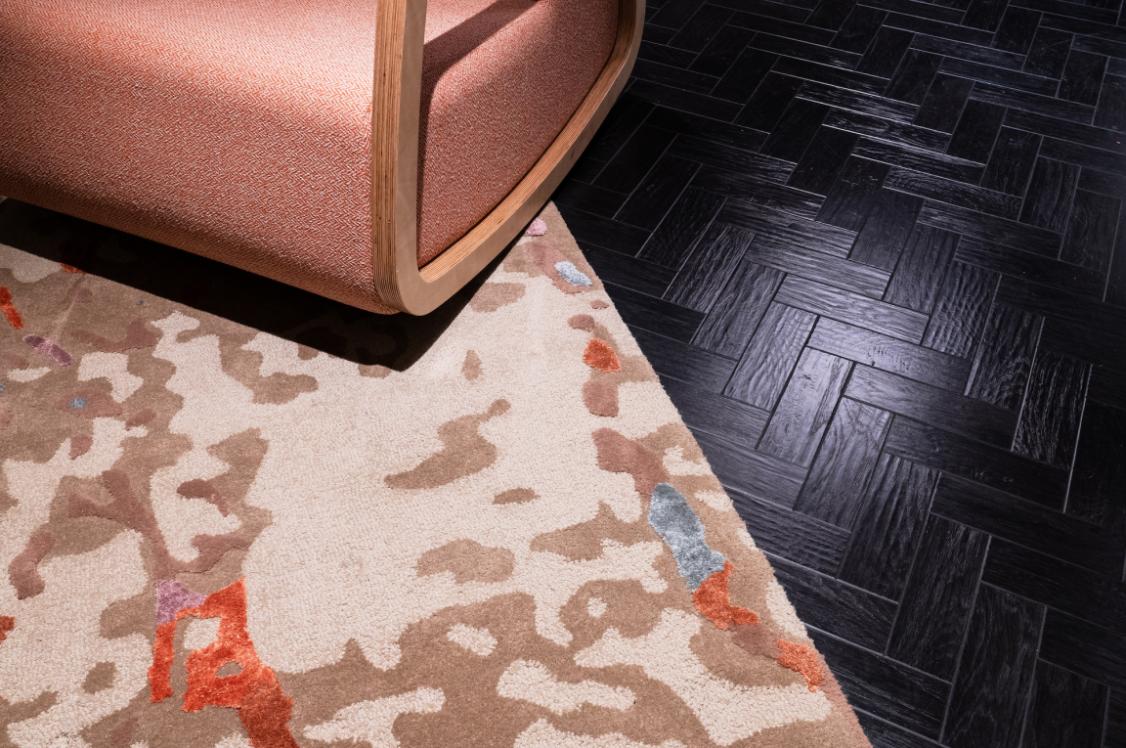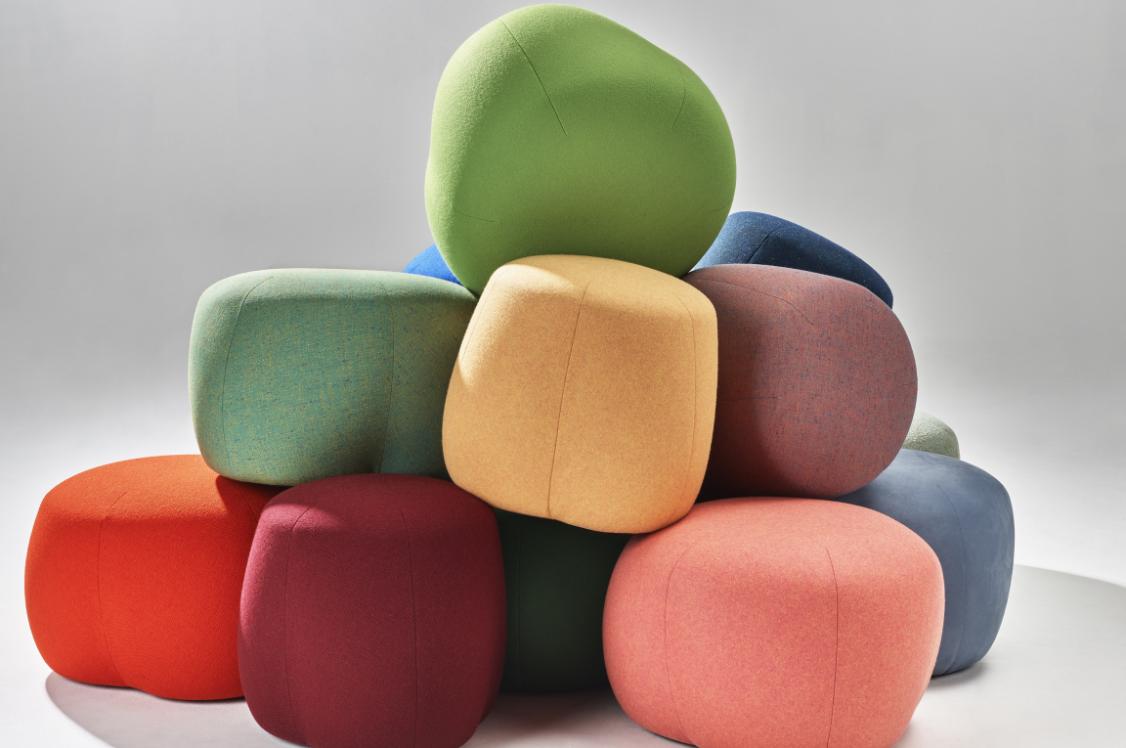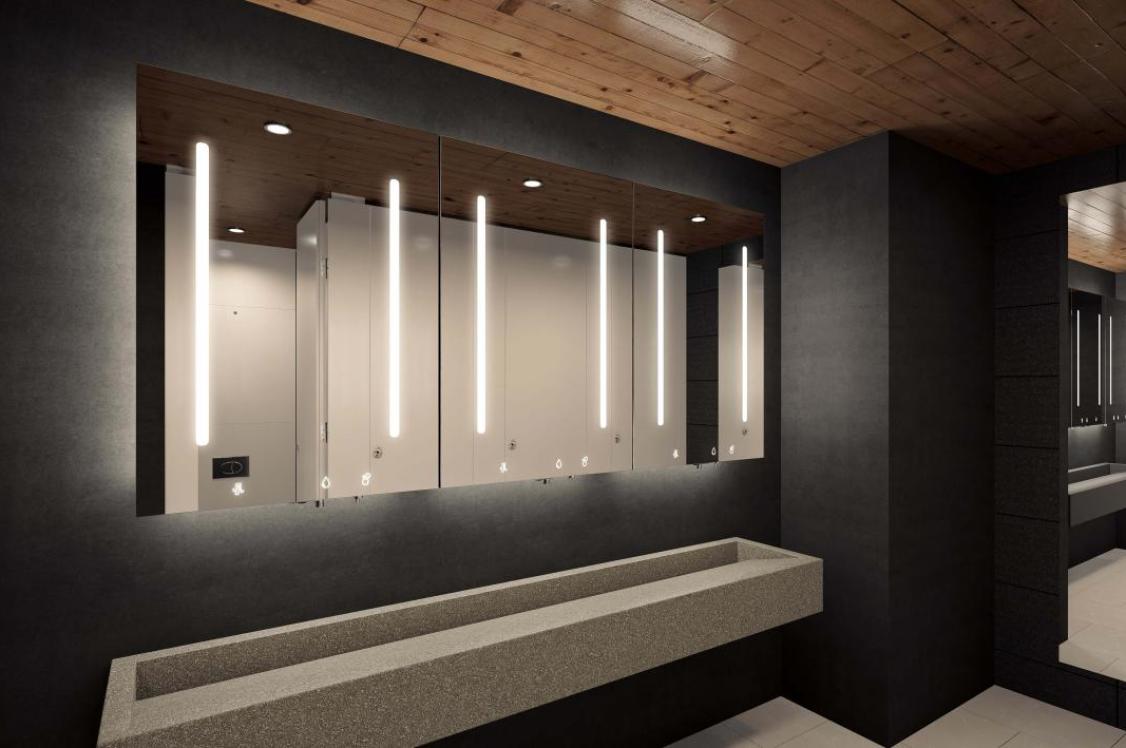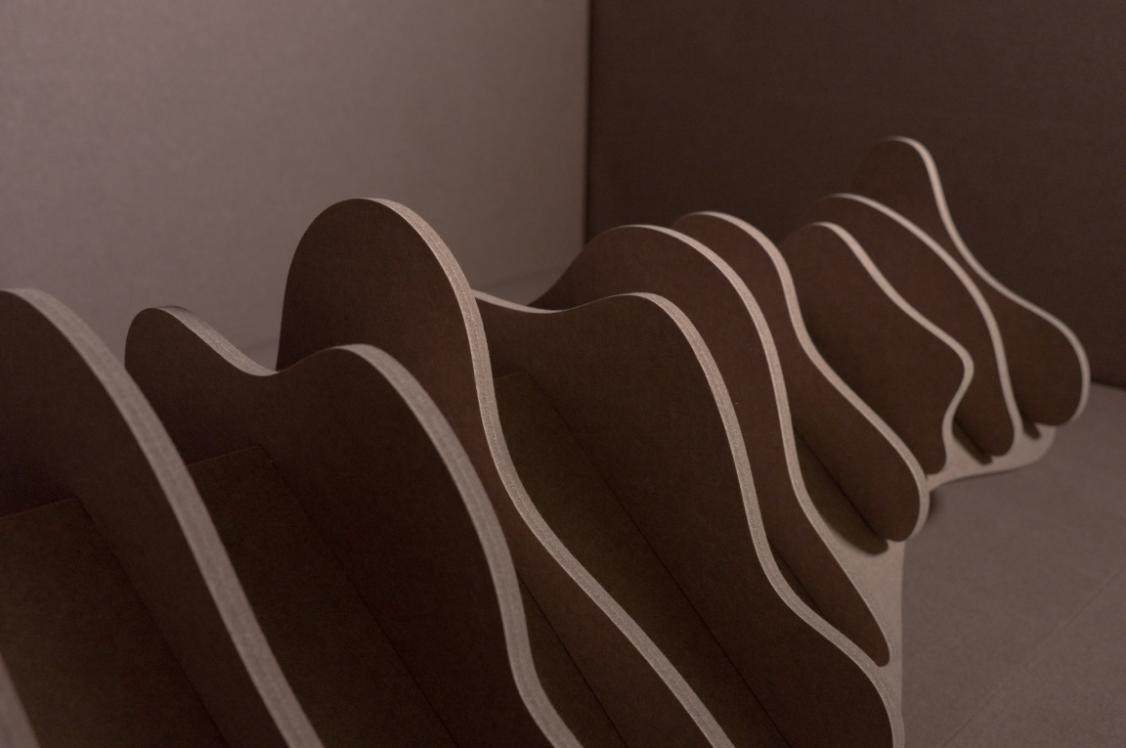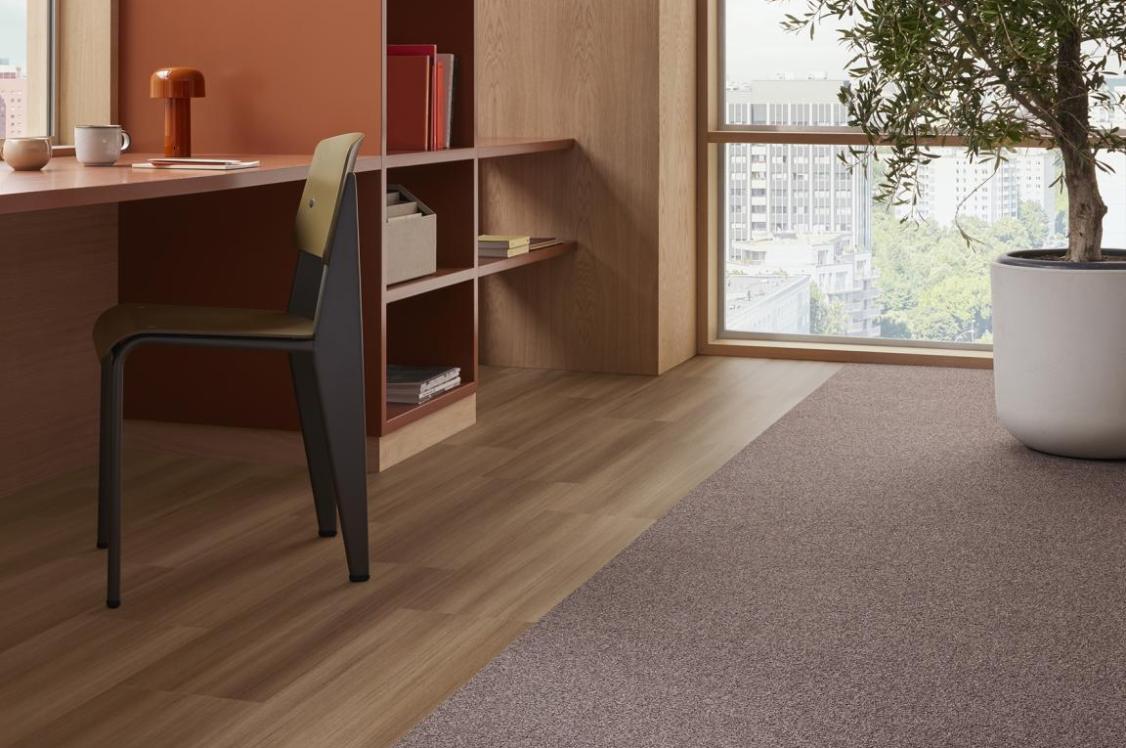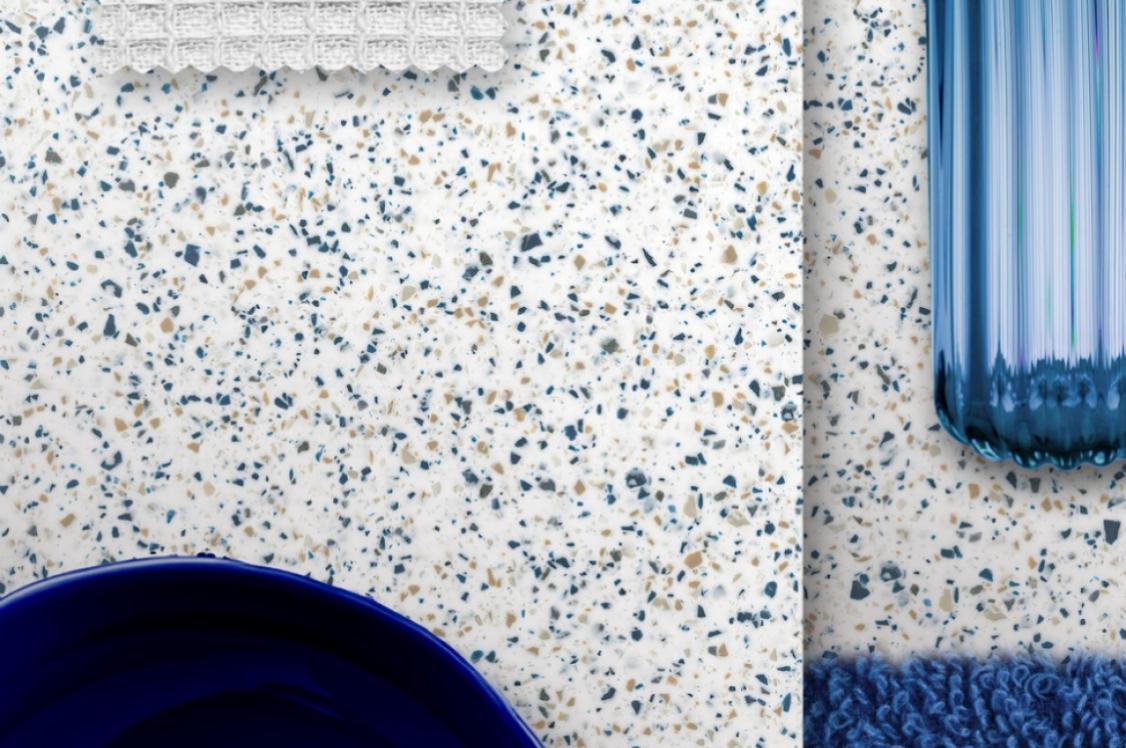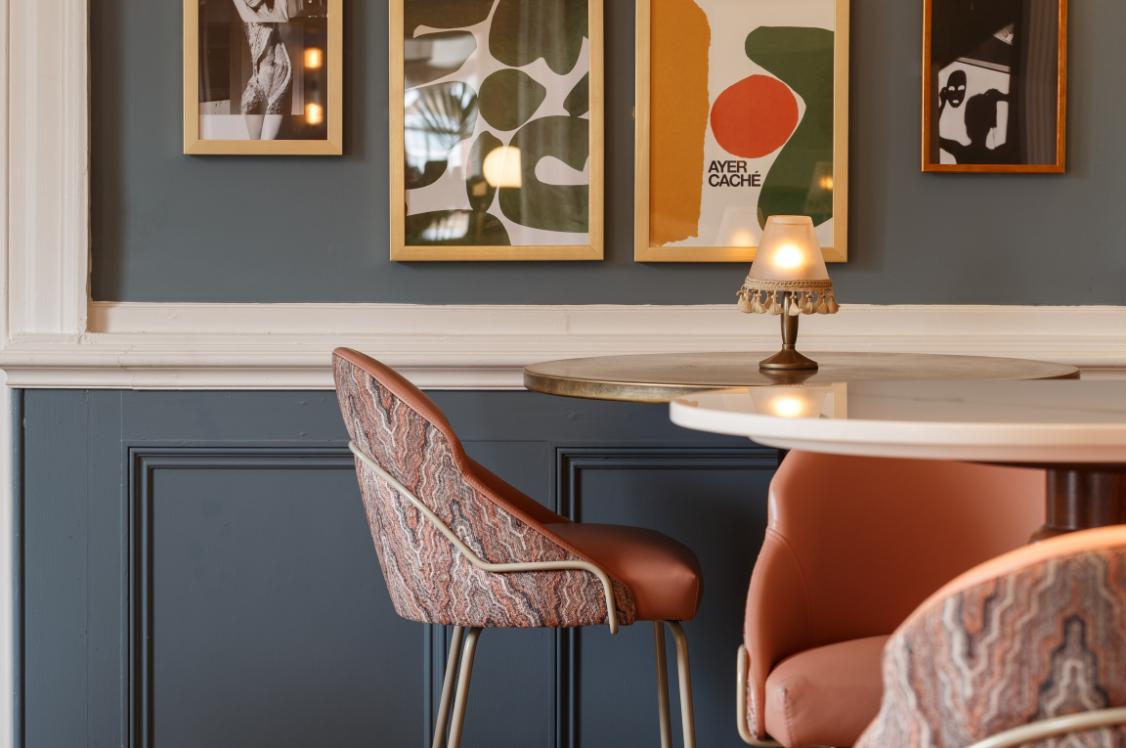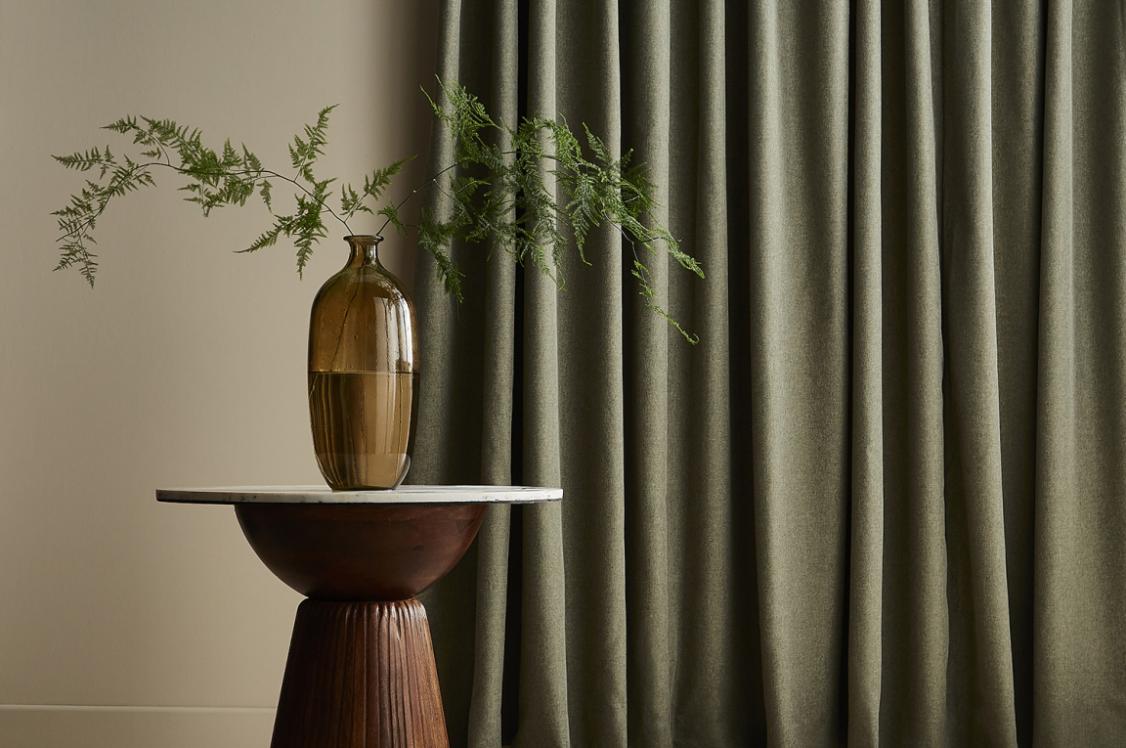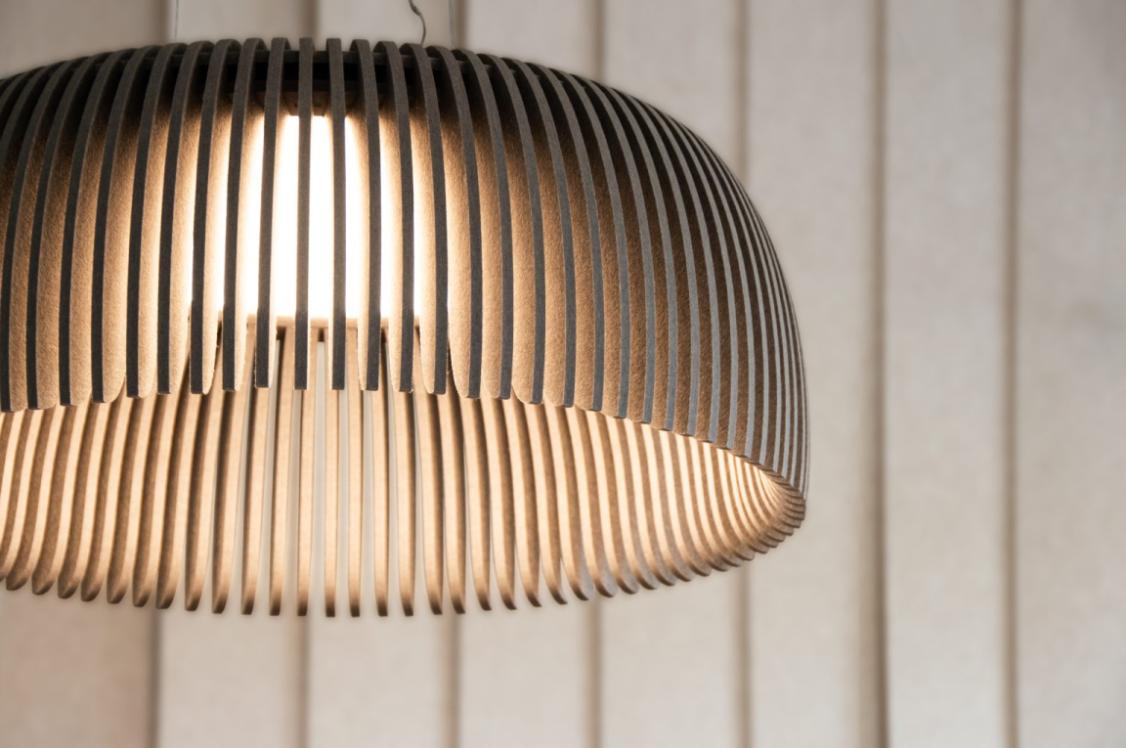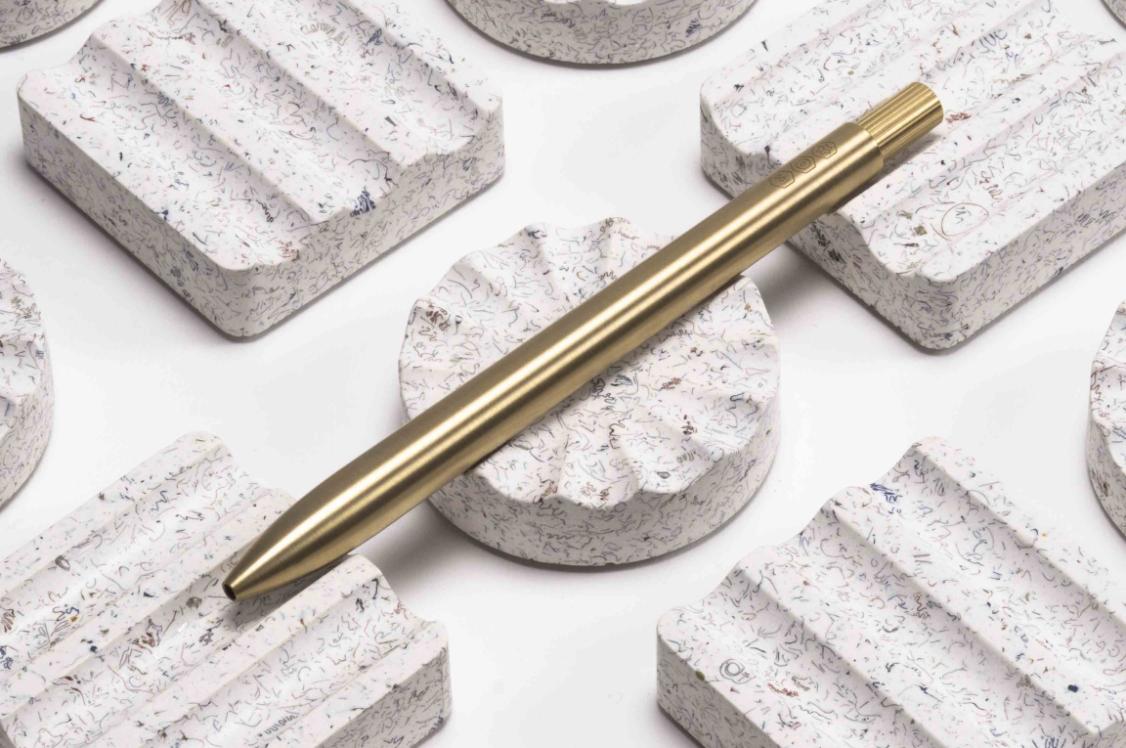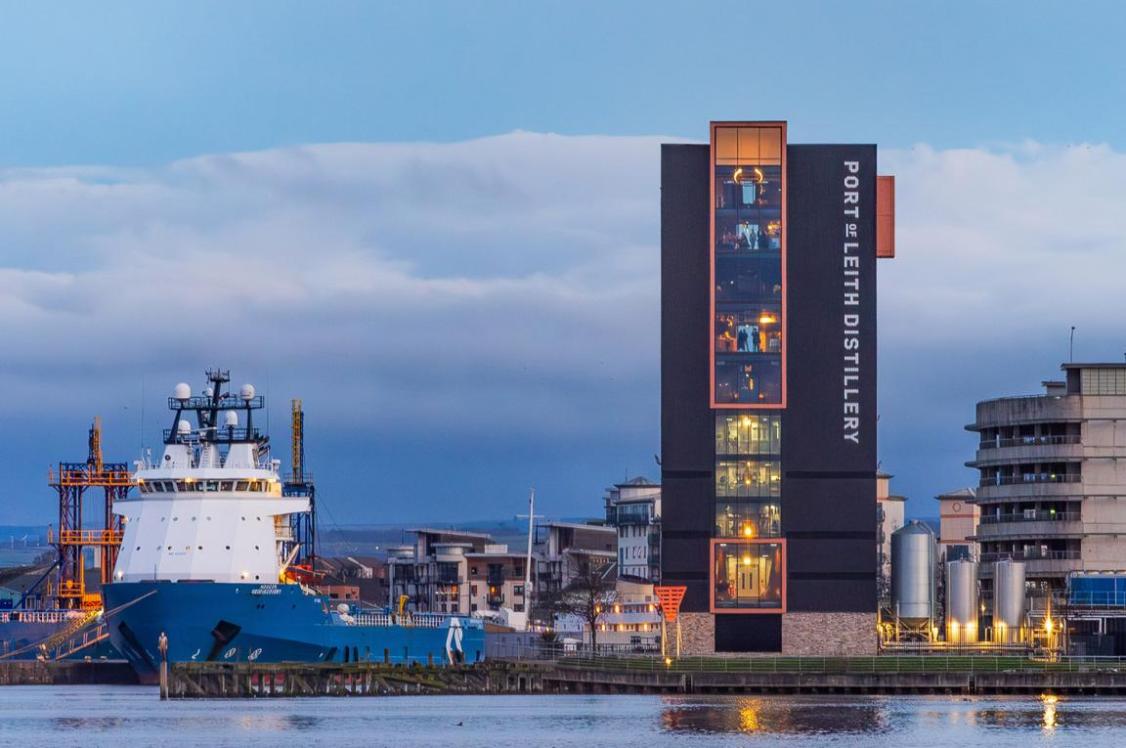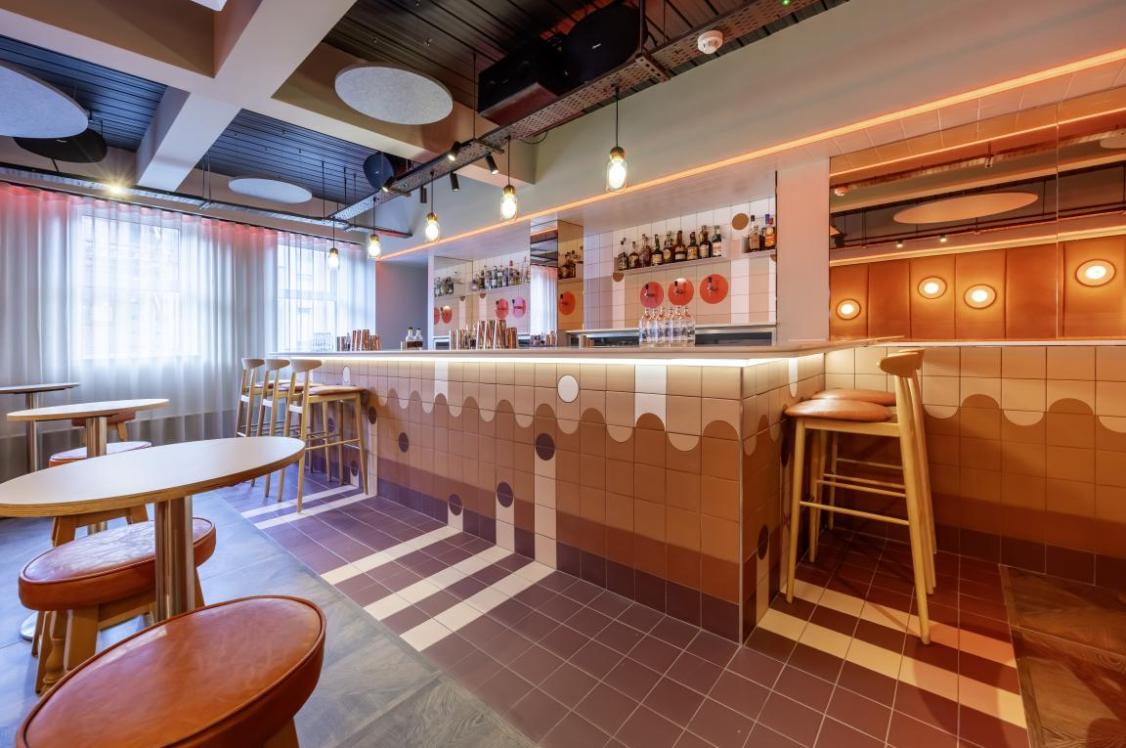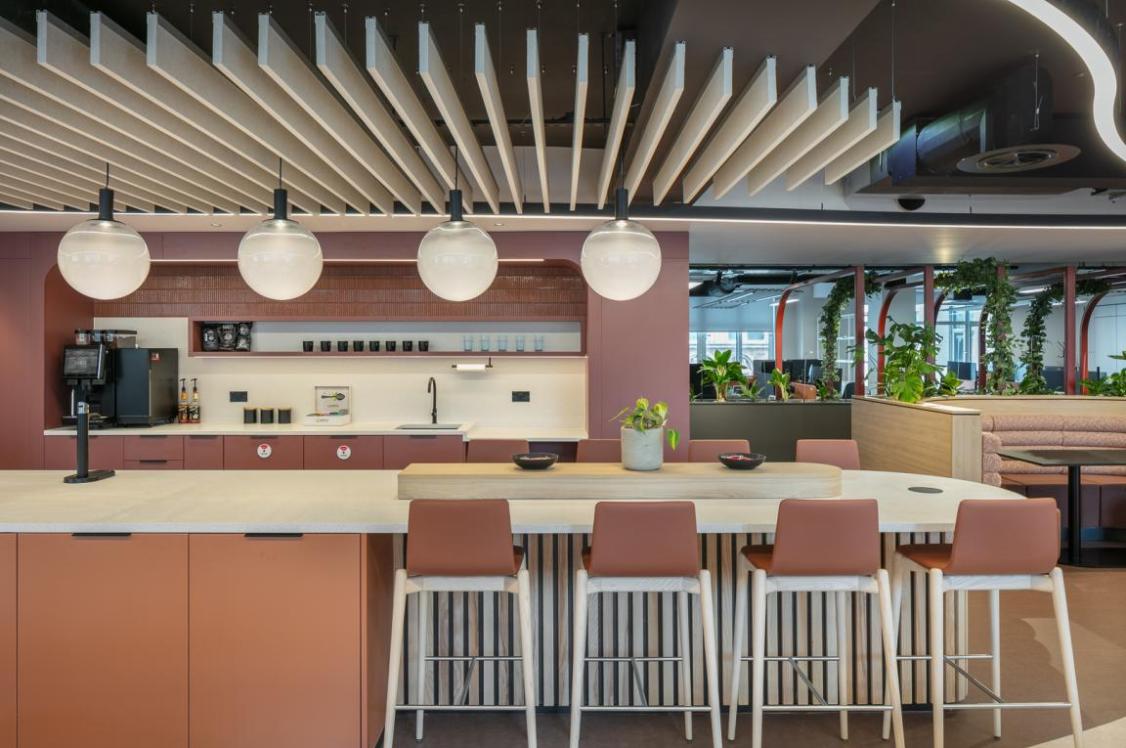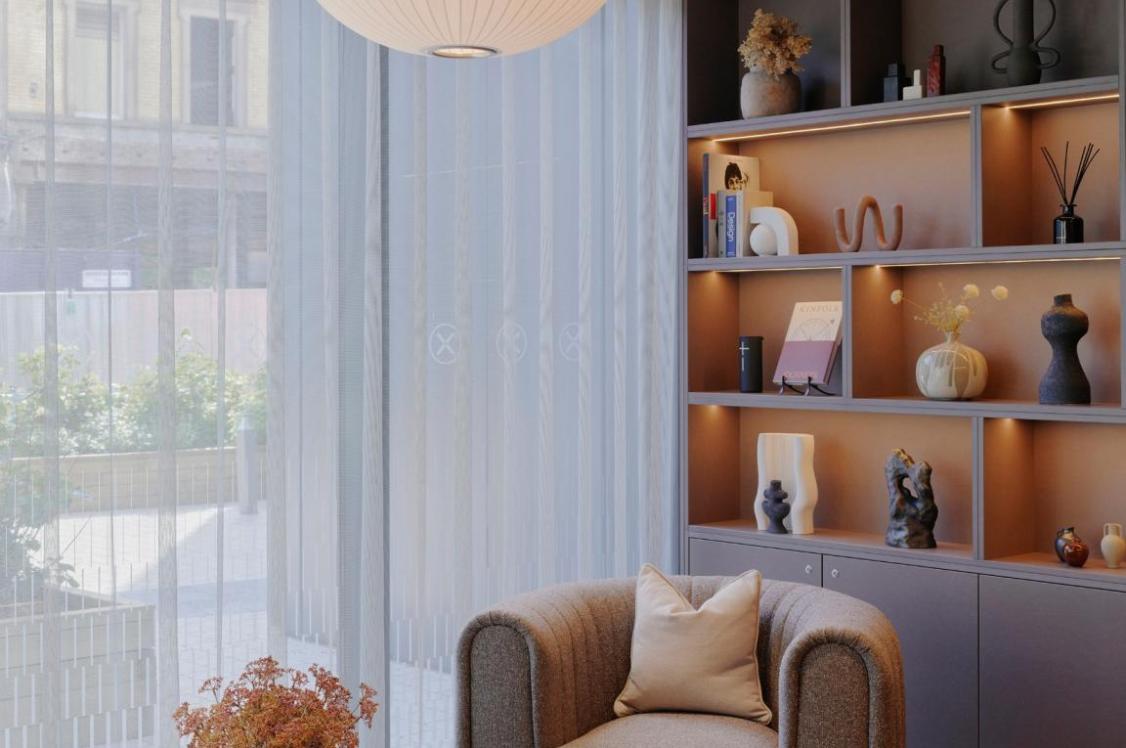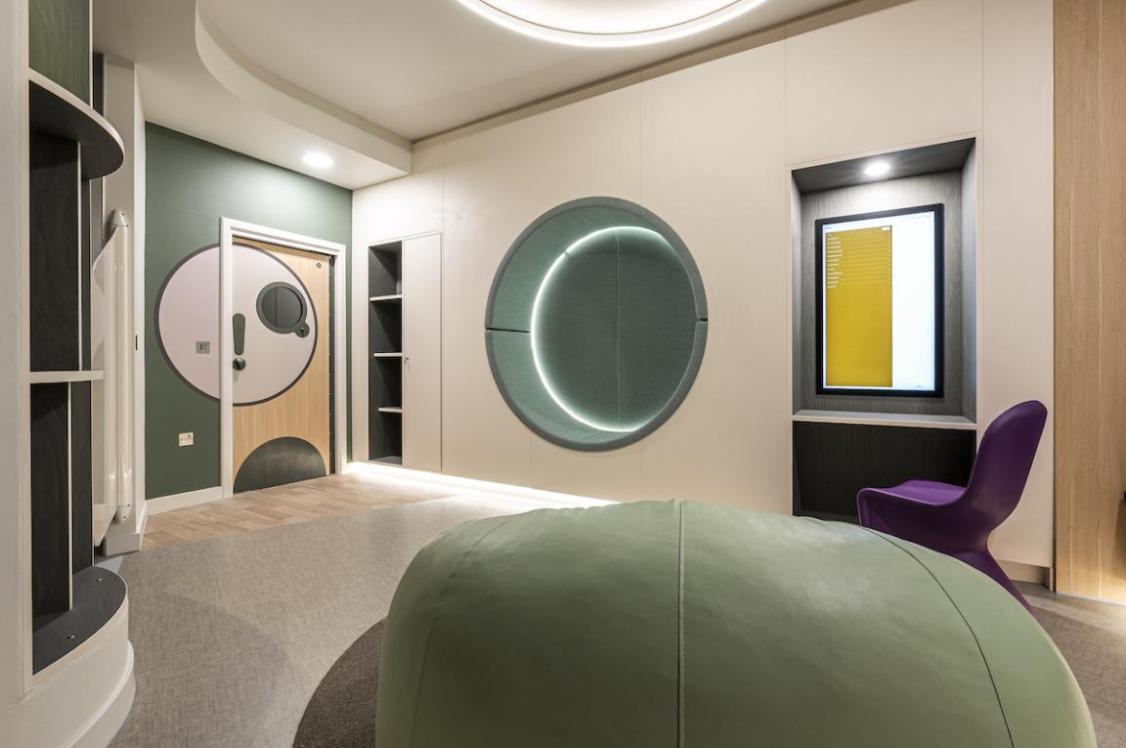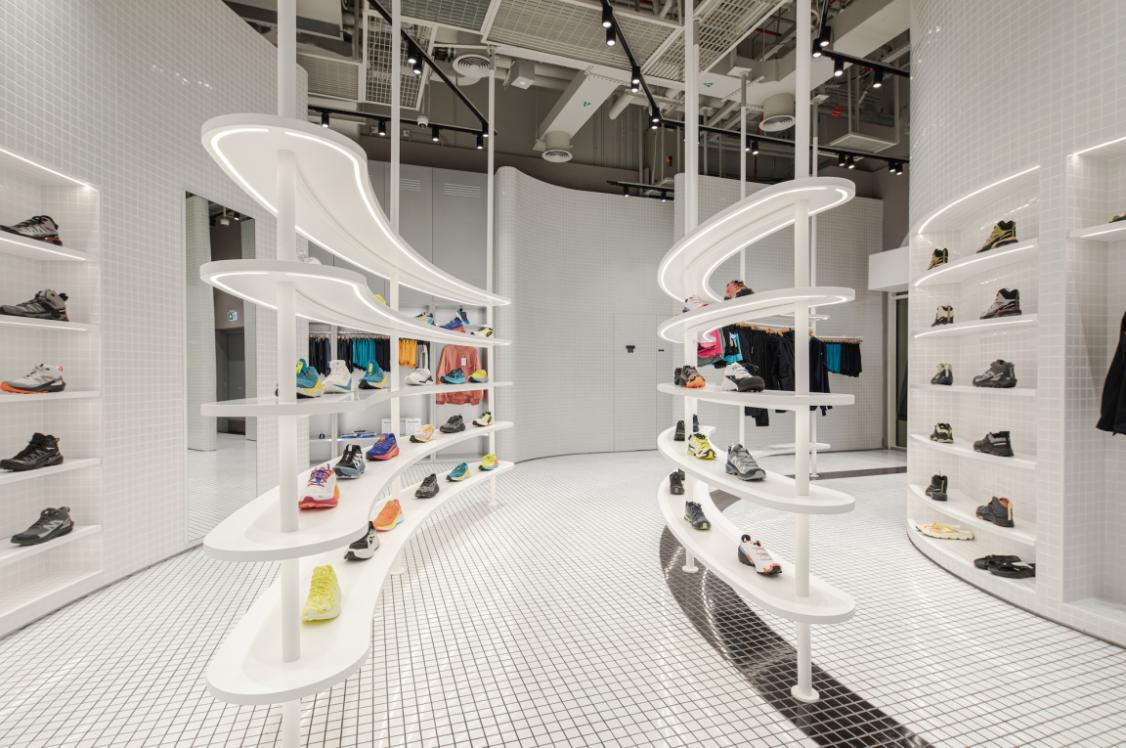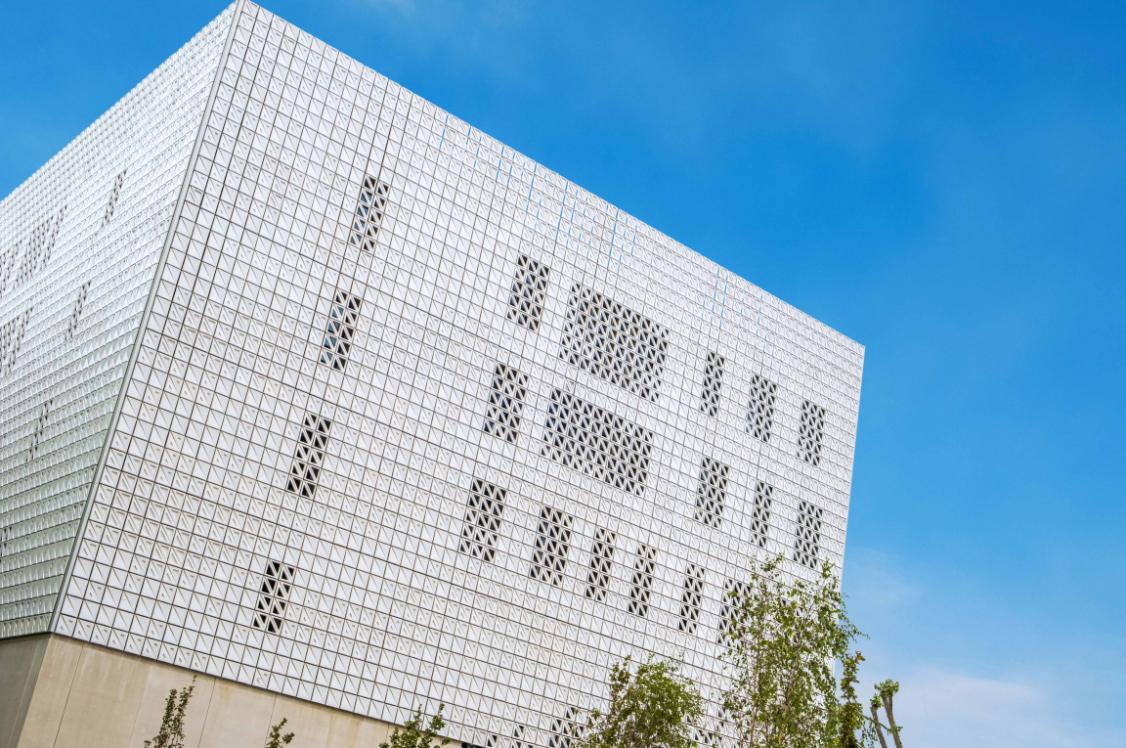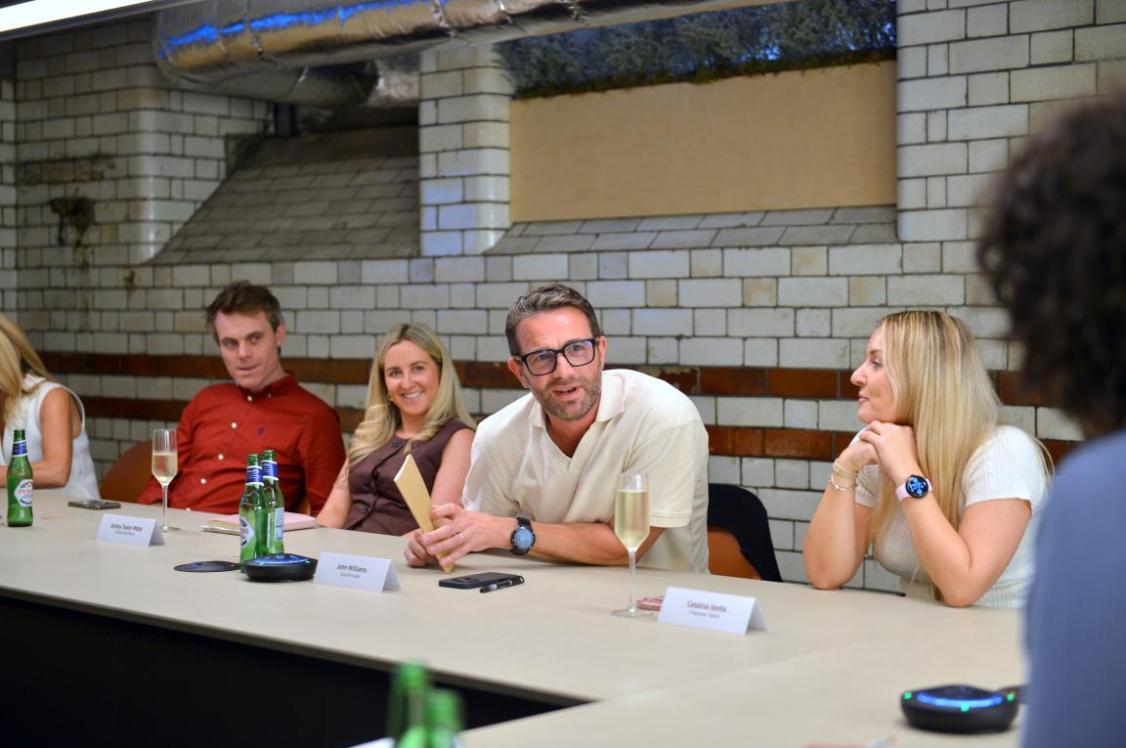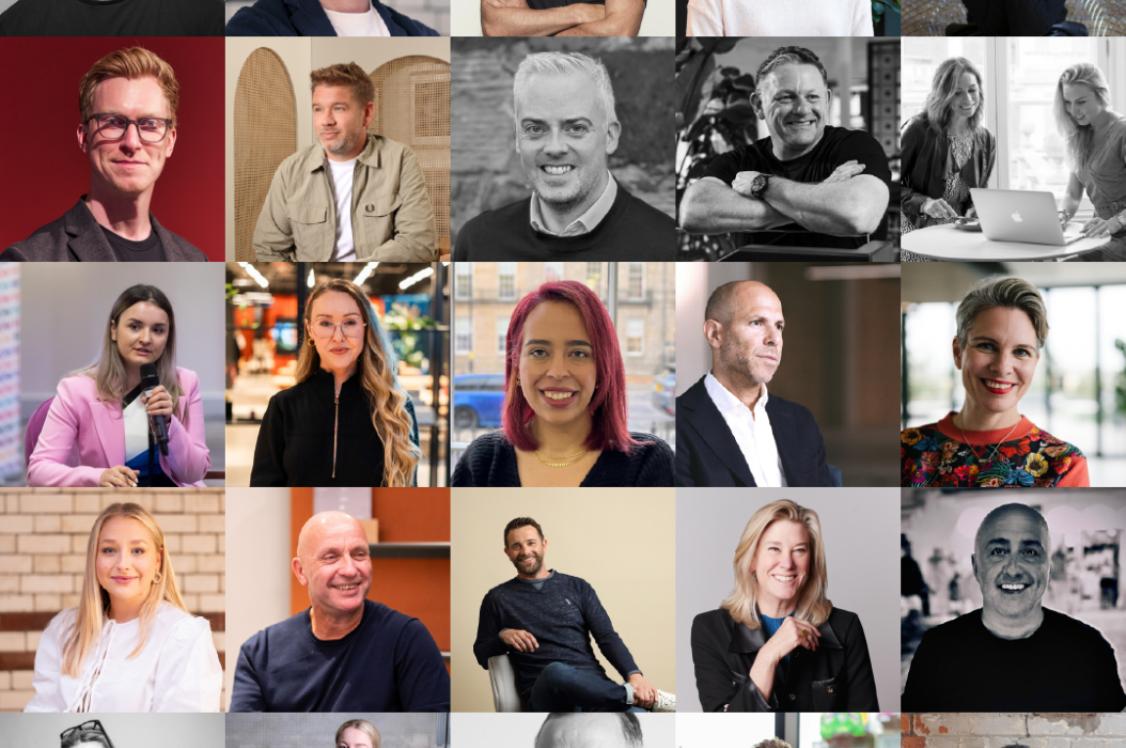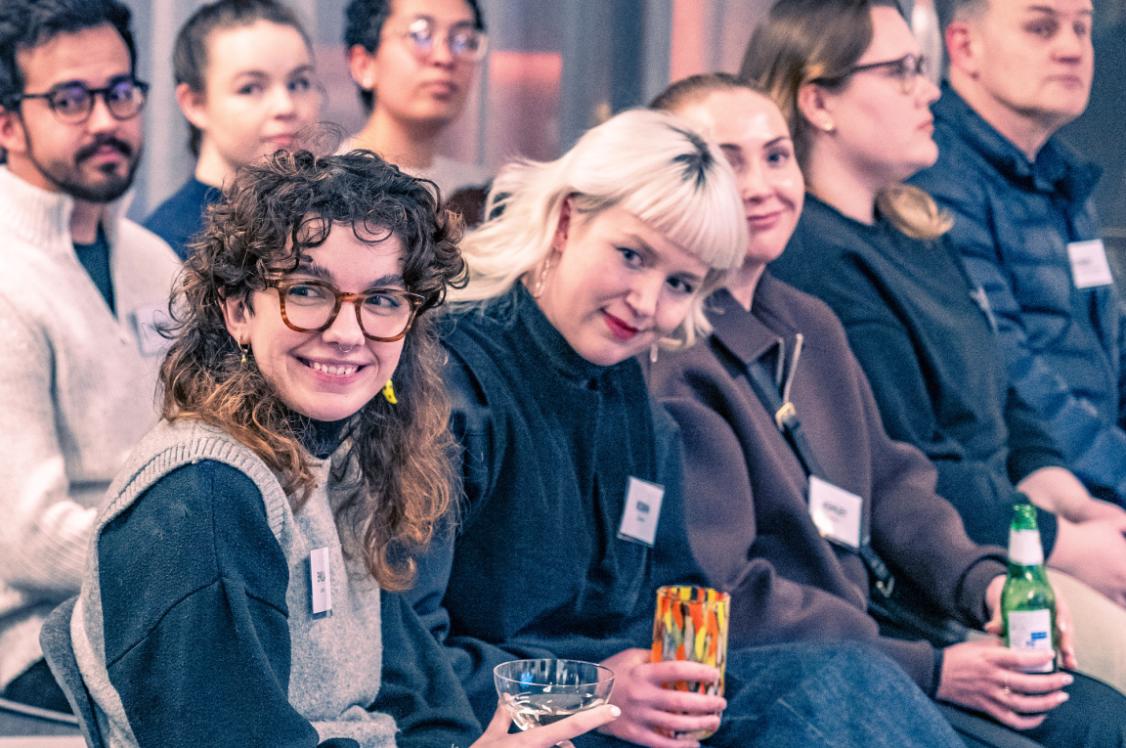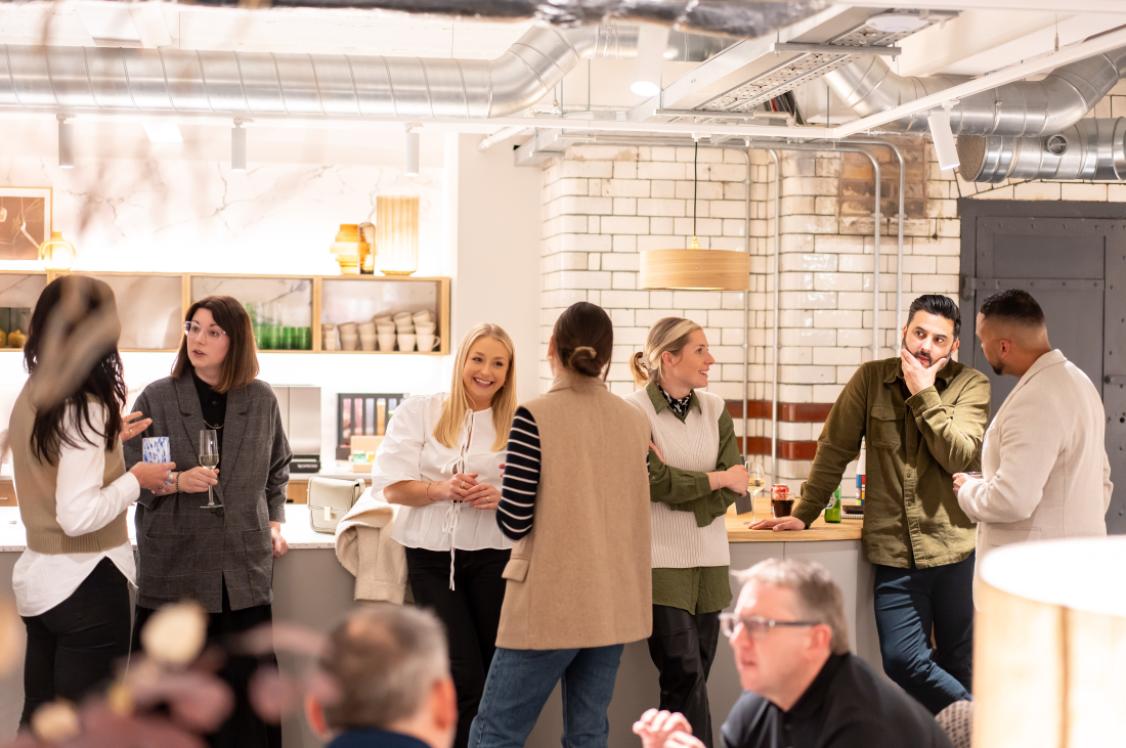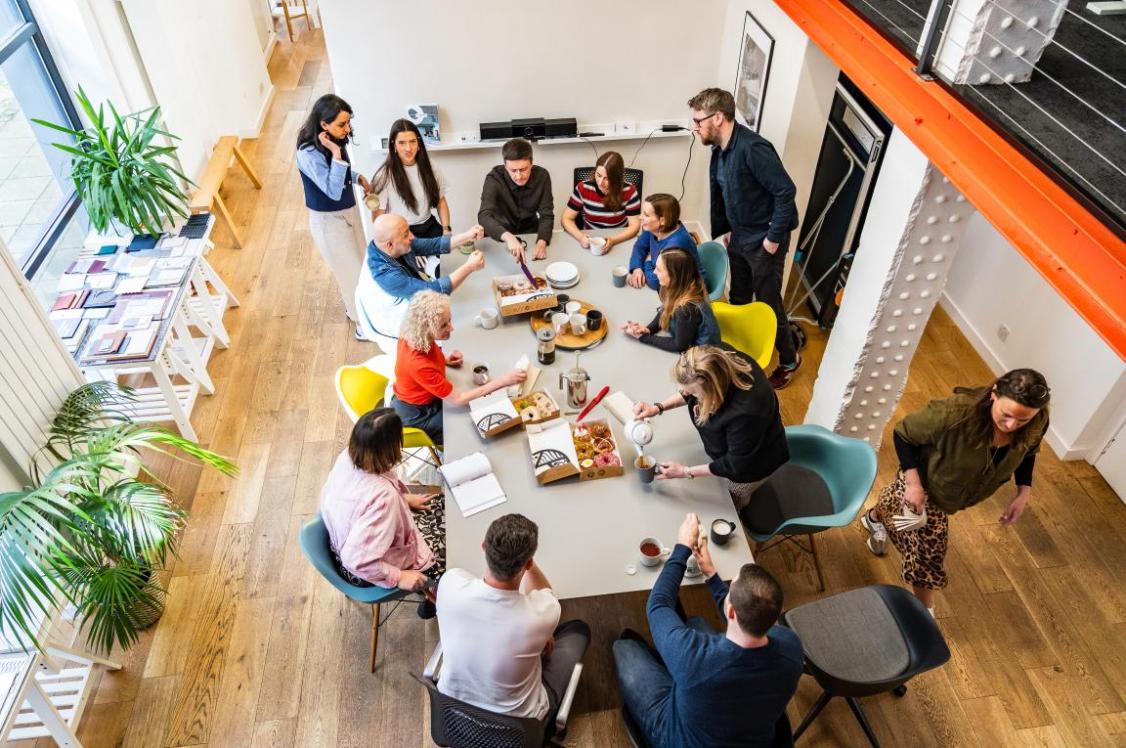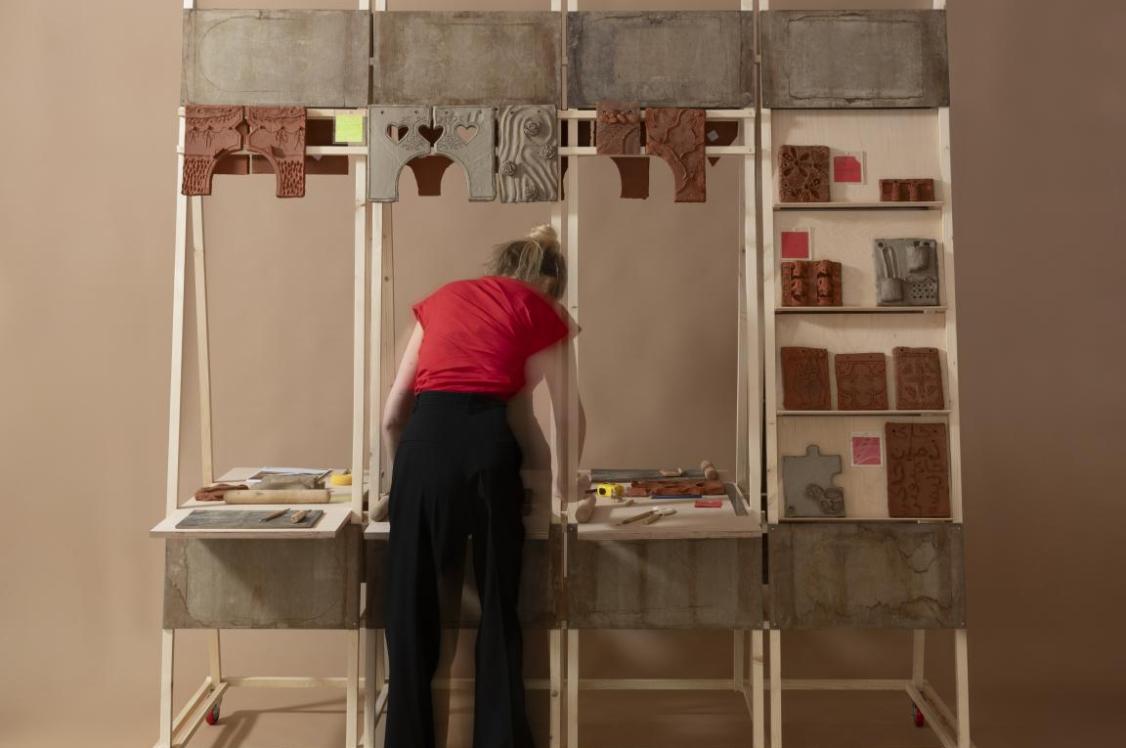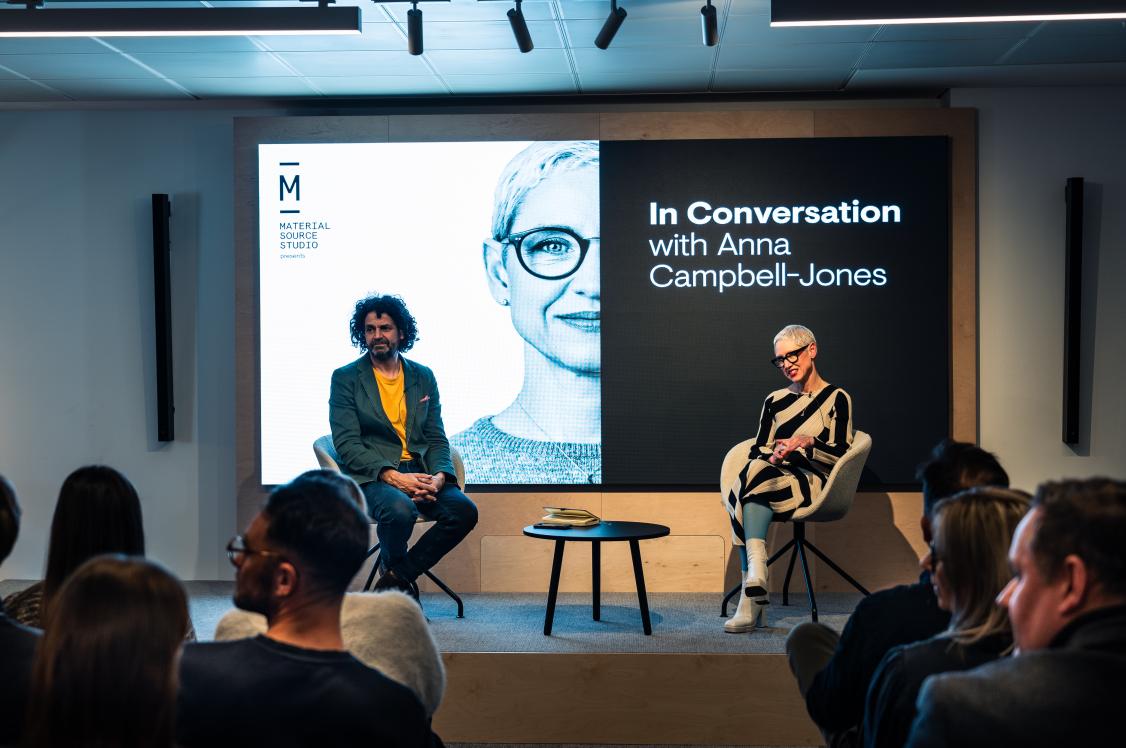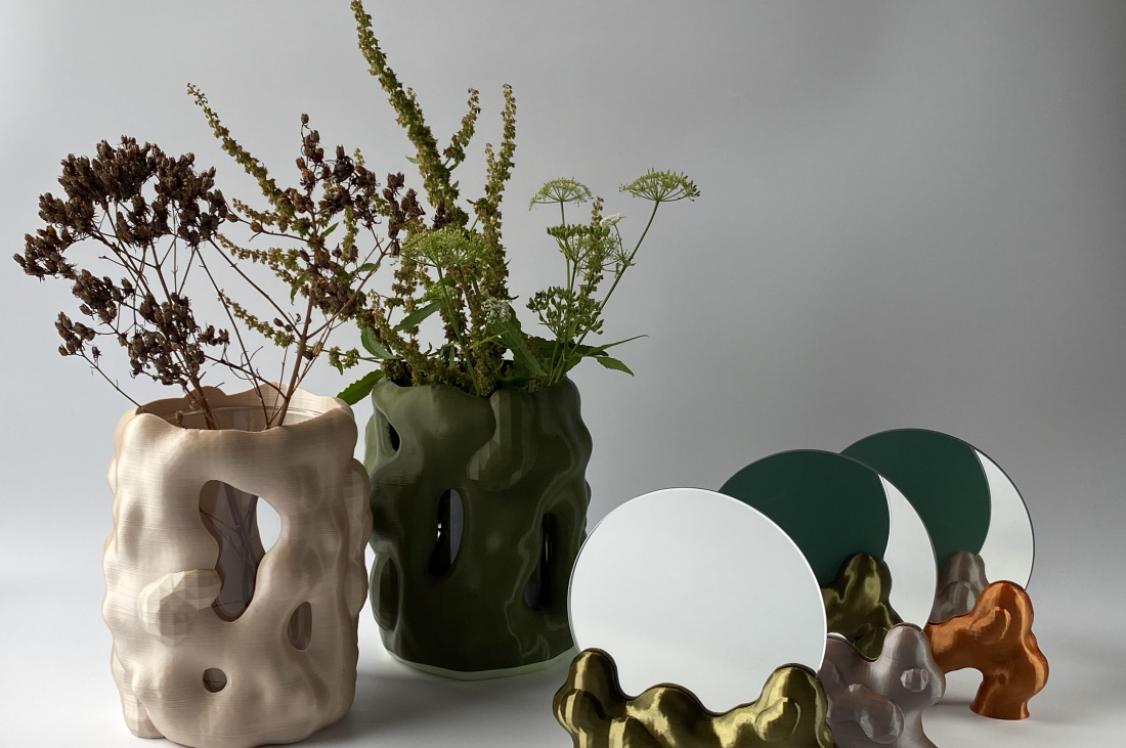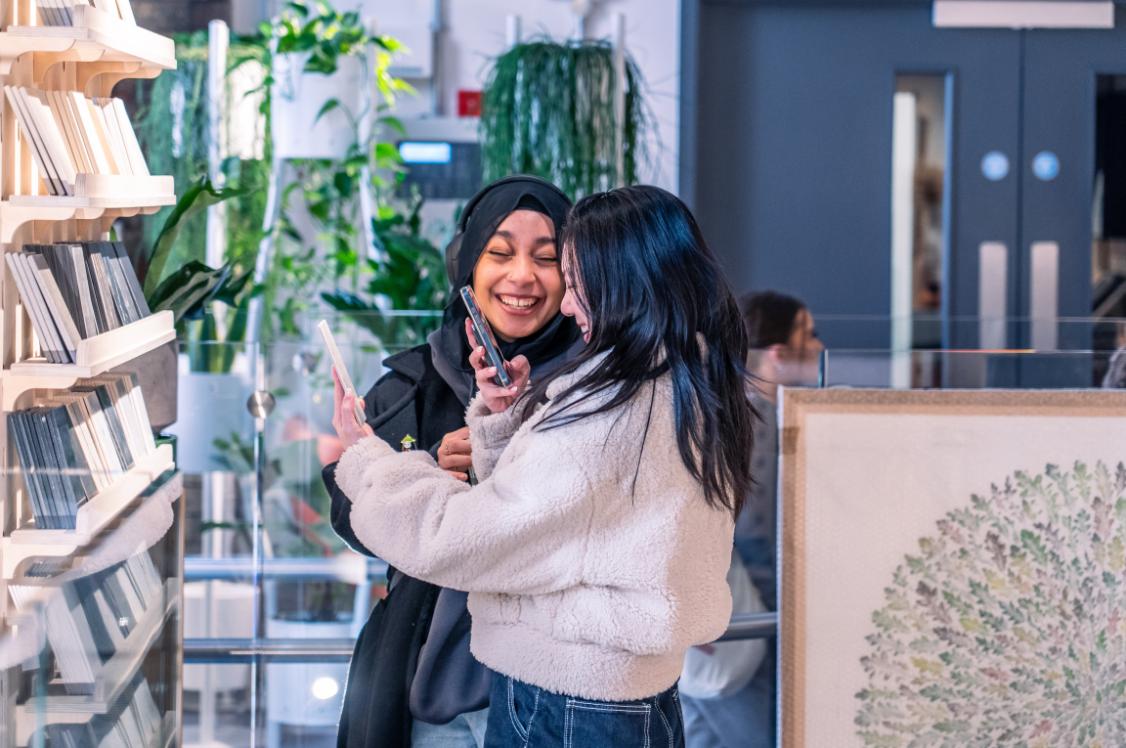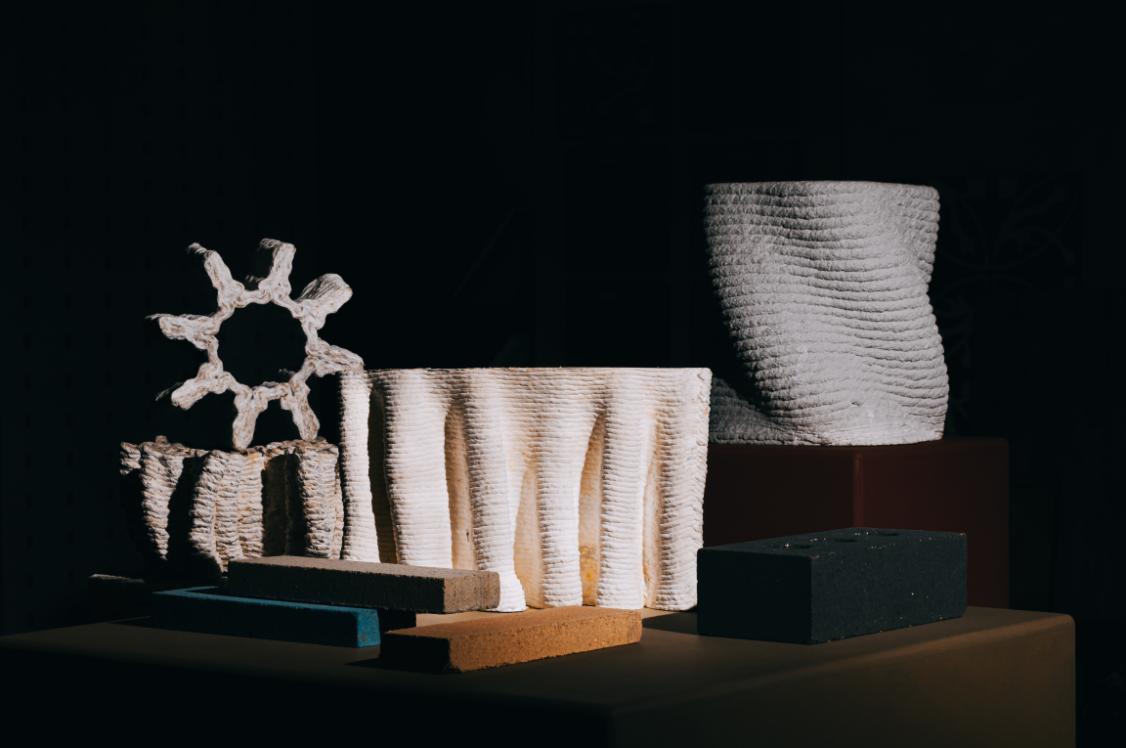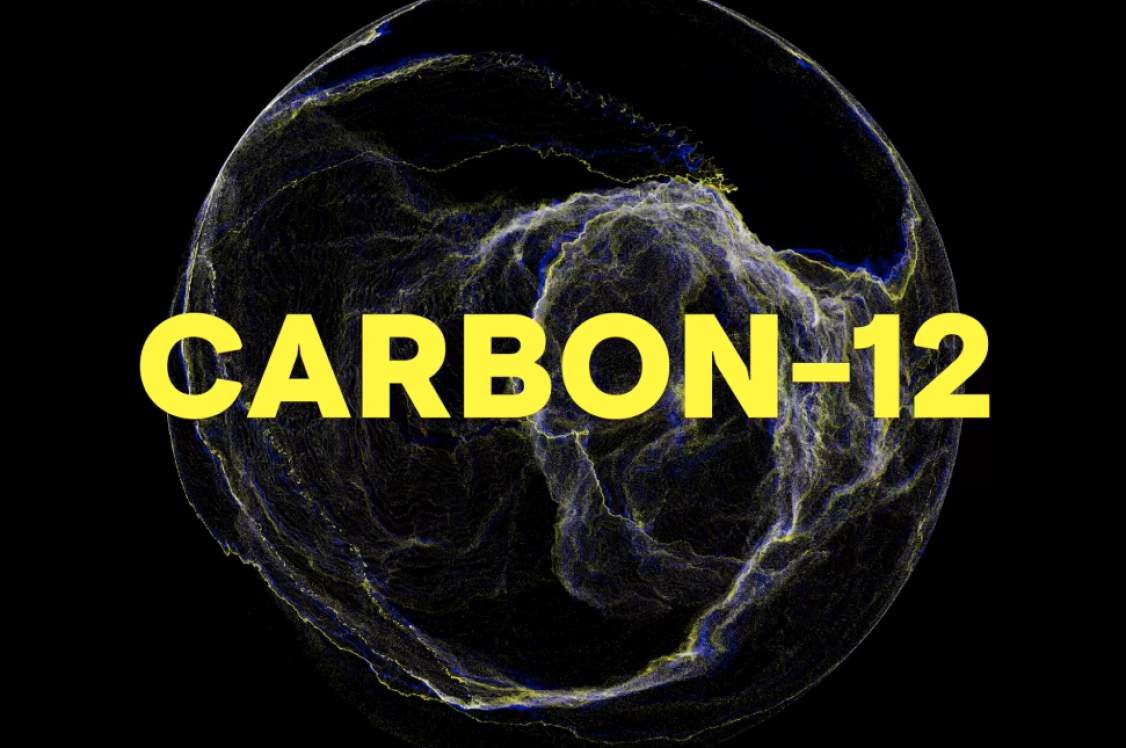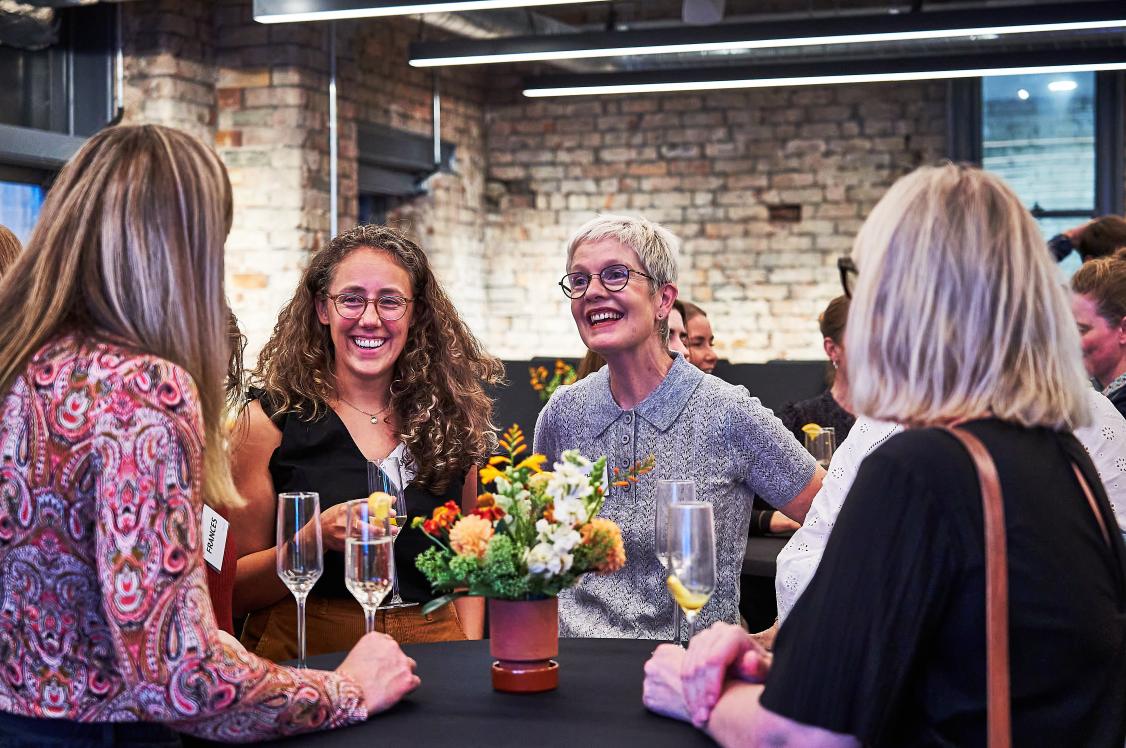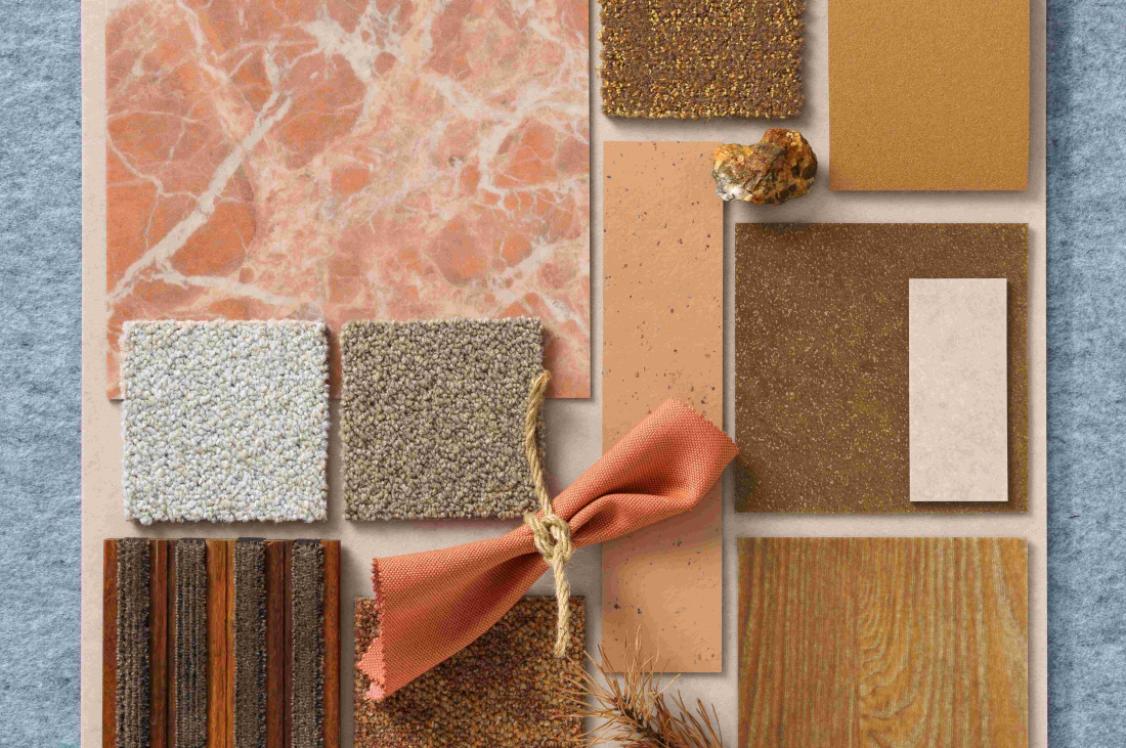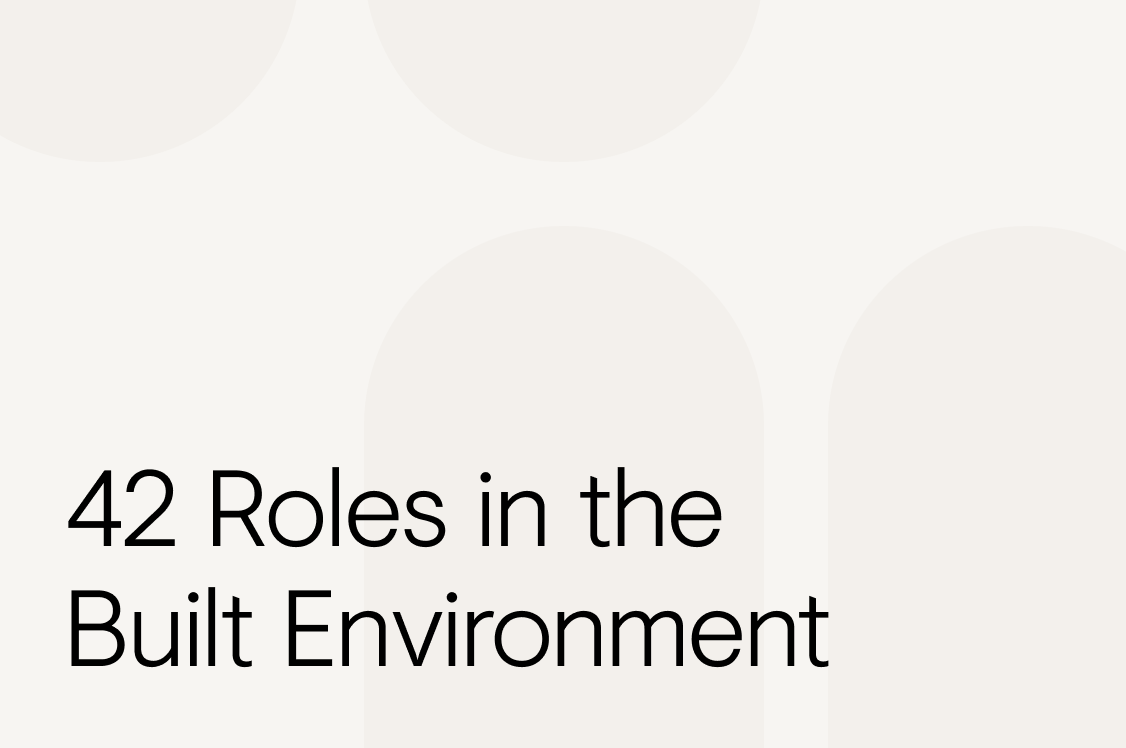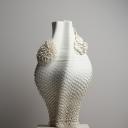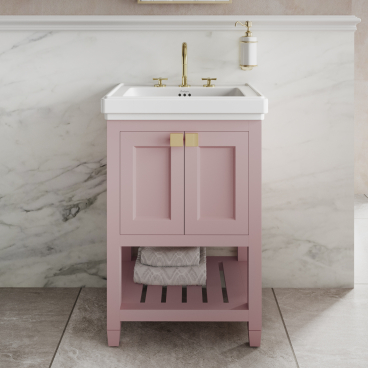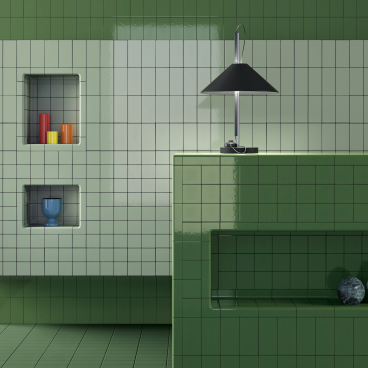History in the making at the National Gallery of Victoria.
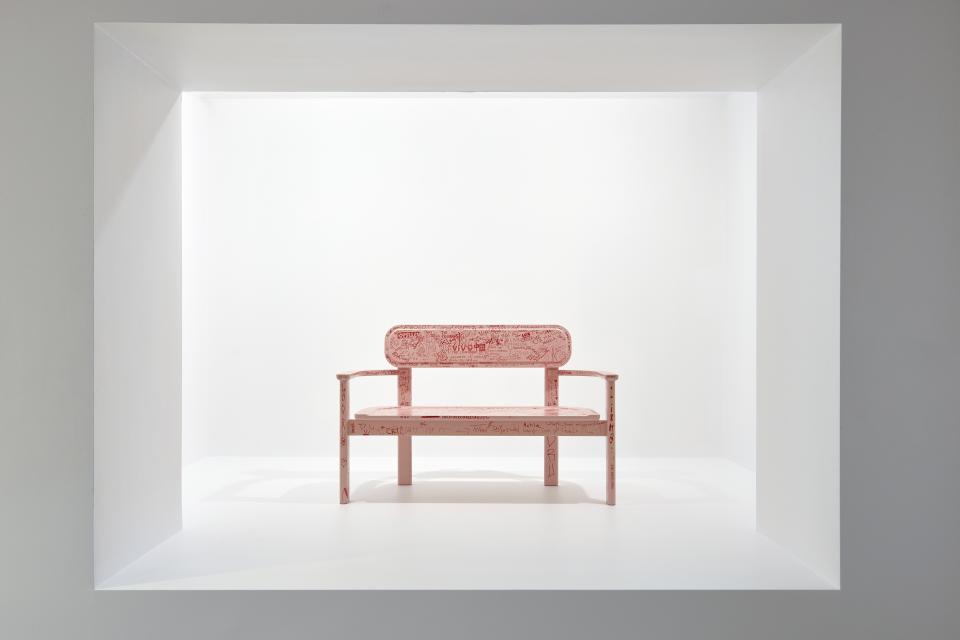
Installation view of History in the Making at NGV International from 22 May – 24 October 2021. Photo: Sean Fennessy
Featuring works made from ancient timber, animal parts, synthetics, industrial alloys and more, History in the Making explores humanity’s relationship to the material world by highlighting how materials and systems of production have influenced human culture, history and present-day value systems.
From the invention of synthetic materials as substitutes to expensive animal products, such as ivory and silk, to today’s invention of biodegradable plastics in response to ecological decline, the exhibition encourages us to consider the past, present and future of materials and the commercial and cultural systems that underpin them.
Through a vibrant and eclectic display of contemporary design drawn exclusively from the NGV Collection, including works presented at the NGV for the first time by Estudio Campana, Lucy McCrae, Damian Wright and Xu Zhen, the exhibition reveals that material is not neutral, but associated with the social, cultural, economic, technological and ecological issues that drive present-day innovation, debate and change. Works in the exhibition respond to the themes of Swedish botanist and zoologist Carl Linnaeus’s 18th century taxonomy of animal, plant and mineral, with the contemporary addition of synthetic.
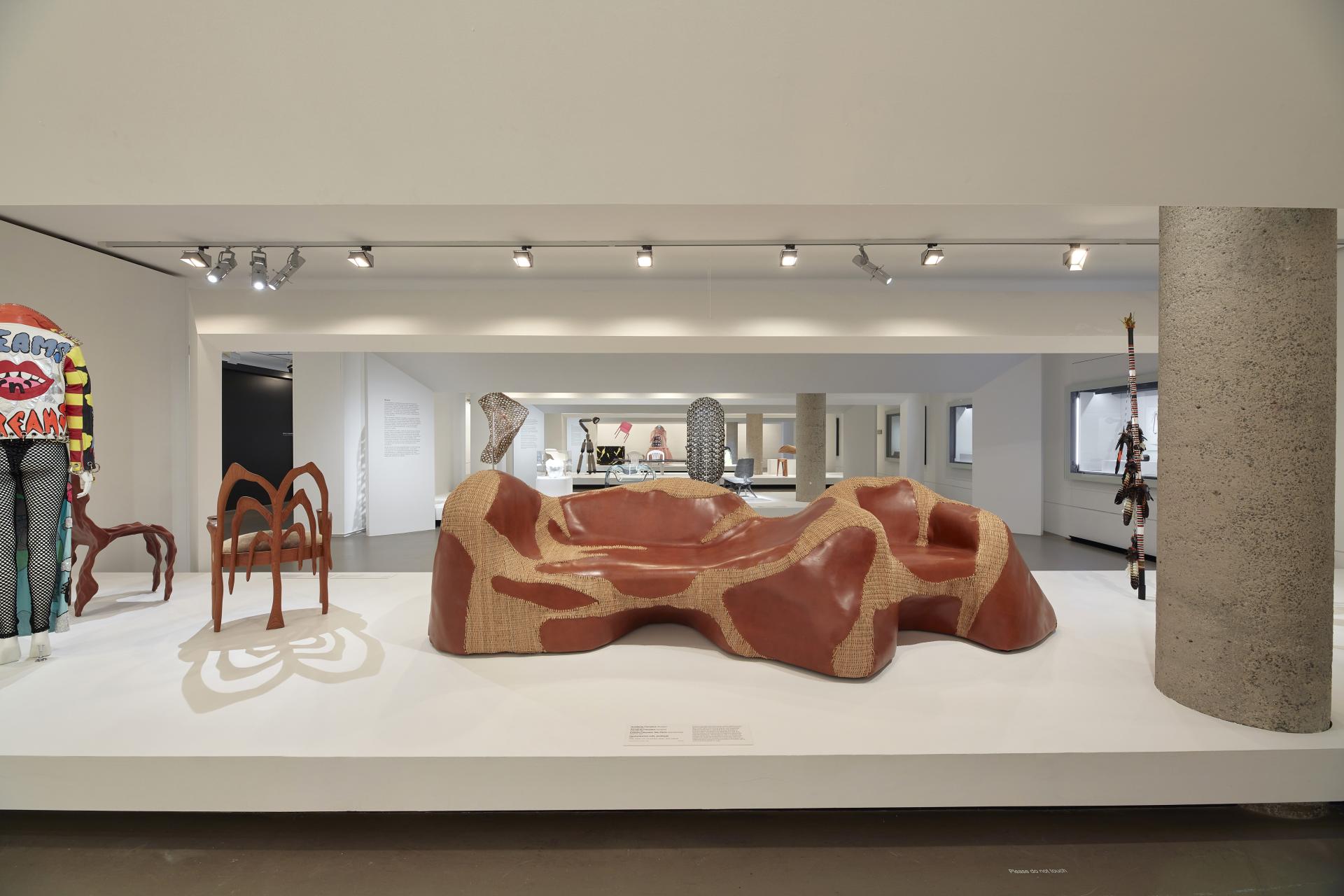
Installation view of History in the Making at NGV International from 22 May – 24 October 2021. Photo: Sean Fennessy
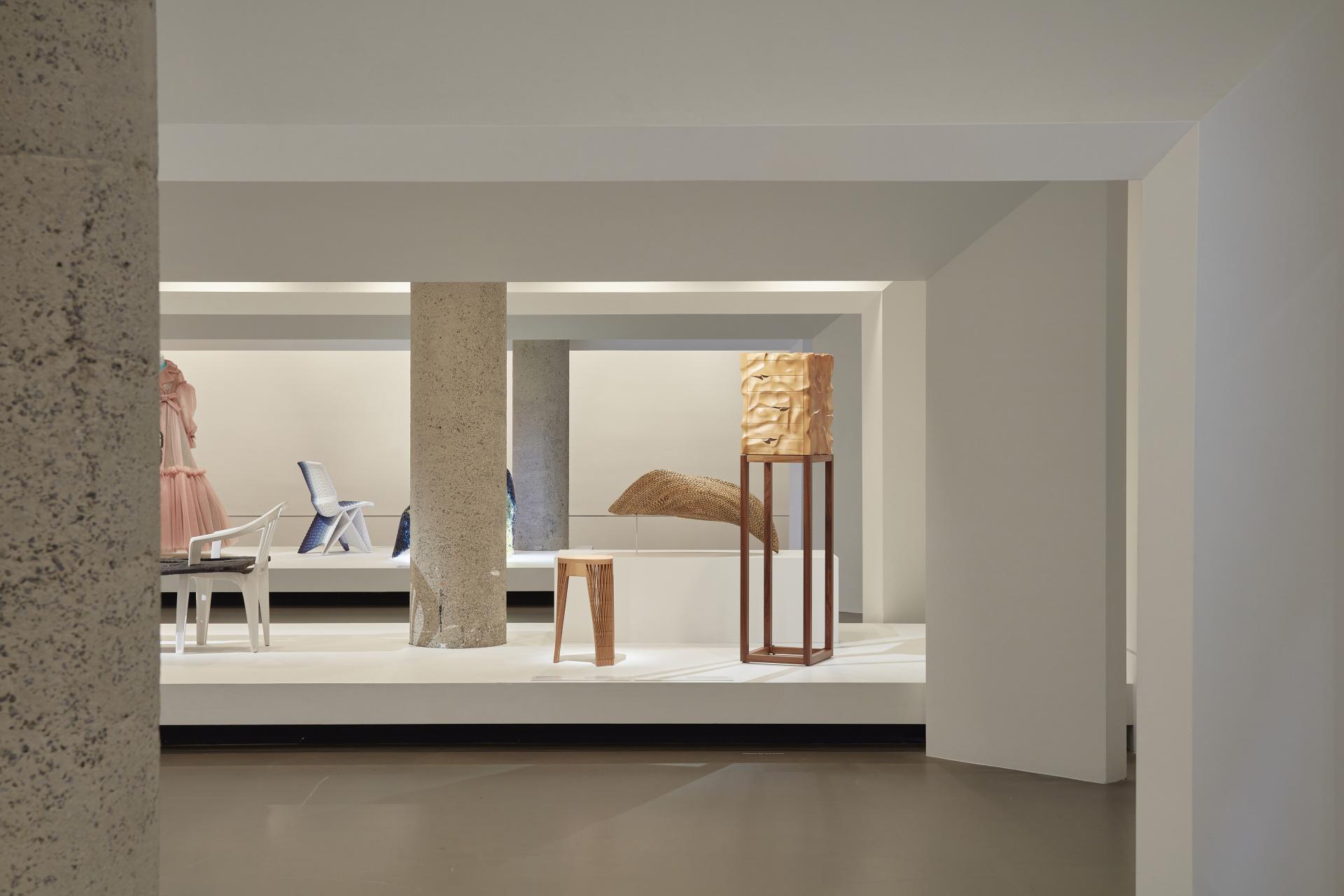
Installation view of History in the Making at NGV International from 22 May – 24 October 2021. Photo: Sean Fennessy
Exploring the use of materials derived from animals in one-off and mass-produced design, the exhibition encourages us to consider the impact of intensive animal farming on animal welfare and the environment. Highlighting this issue is Osklen, an environmentally conscious Brazilian fashion brand, whose Shoes are made from the leather of pirarucu, a large freshwater fish native to the Amazon River.
Once threatened due to overfishing for food, the high prize attached to the skin now provides an incentive to conserve stocks of older, larger fish rather than hunt them for food.
A further highlight, Armchair, by the late Russian-born designer-maker Sol Shapiro, is made from carved teak and upholstered in sealskin. This unique, one-of-a-kind work draws our attention to the large-scale commercial hunting of seals in the extreme far north of Russia and Arctic Circle, which led to the signing of the North Pacific Fur Seal Convention in 1911, marking the first international treaty for the preservation of wildlife.
Works highlighting humanity’s relationship with plants include Kuskoa bi, armchair, designed by Jean Louis Iratzoki, which is heralded as the first commercial chair manufactured using a bioplastic derived from beet, cornstarch and sugarcane. Also on display is Lucy McRae’s Prickly lamp, which uses 60,000 hand- dyed toothpicks to encase the ‘body’ of a lamp in a protective layer. Made from wood, toothpicks were invented by American innovator Charles Foster, who made it his mission to create heavy demand for them. The toothpick shows that a material object that is enmeshed deeply in human culture can reach huge levels of ubiquity and wastage.
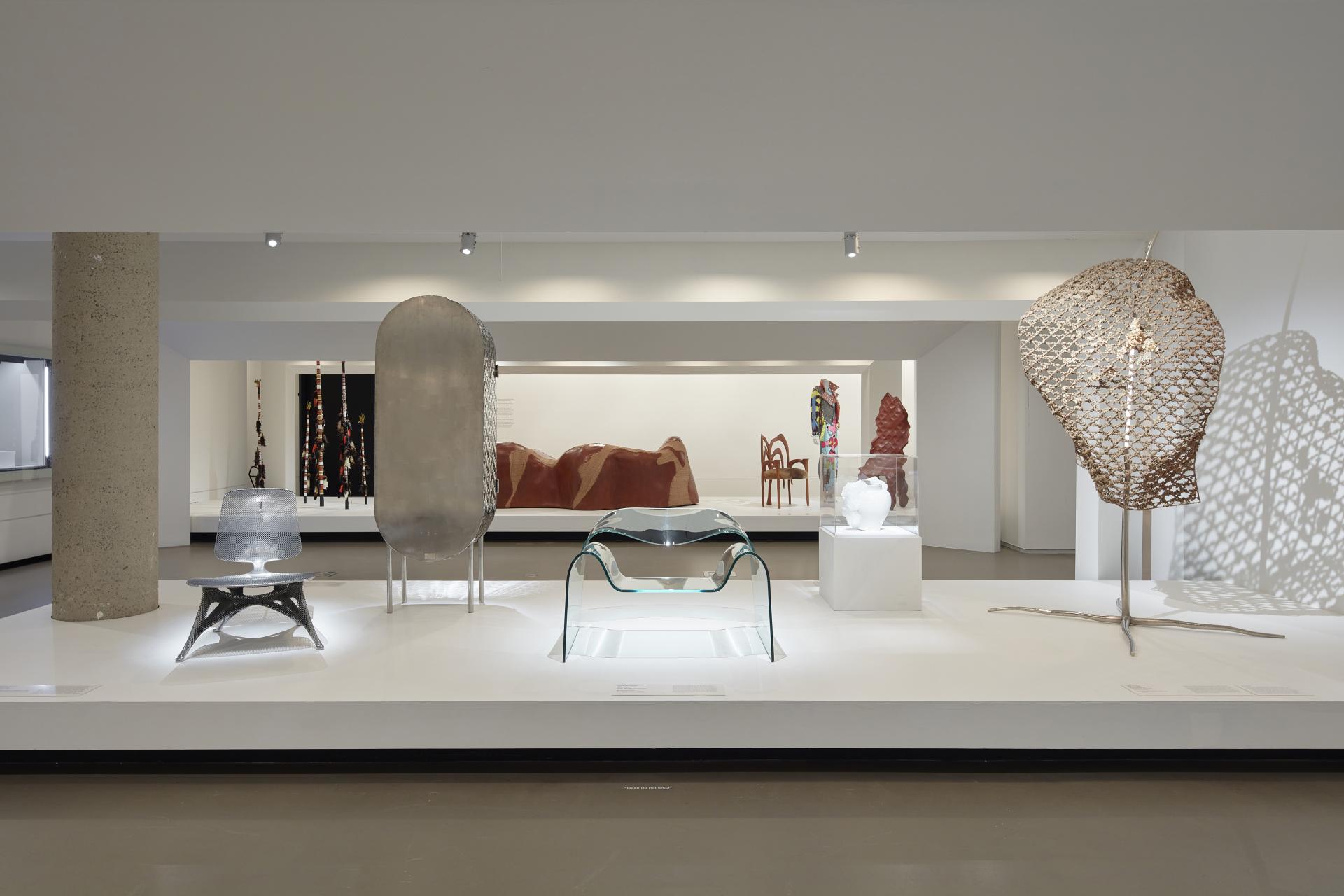
Installation view of History in the Making at NGV International from 22 May – 24 October 2021. Photo: Sean Fennessy
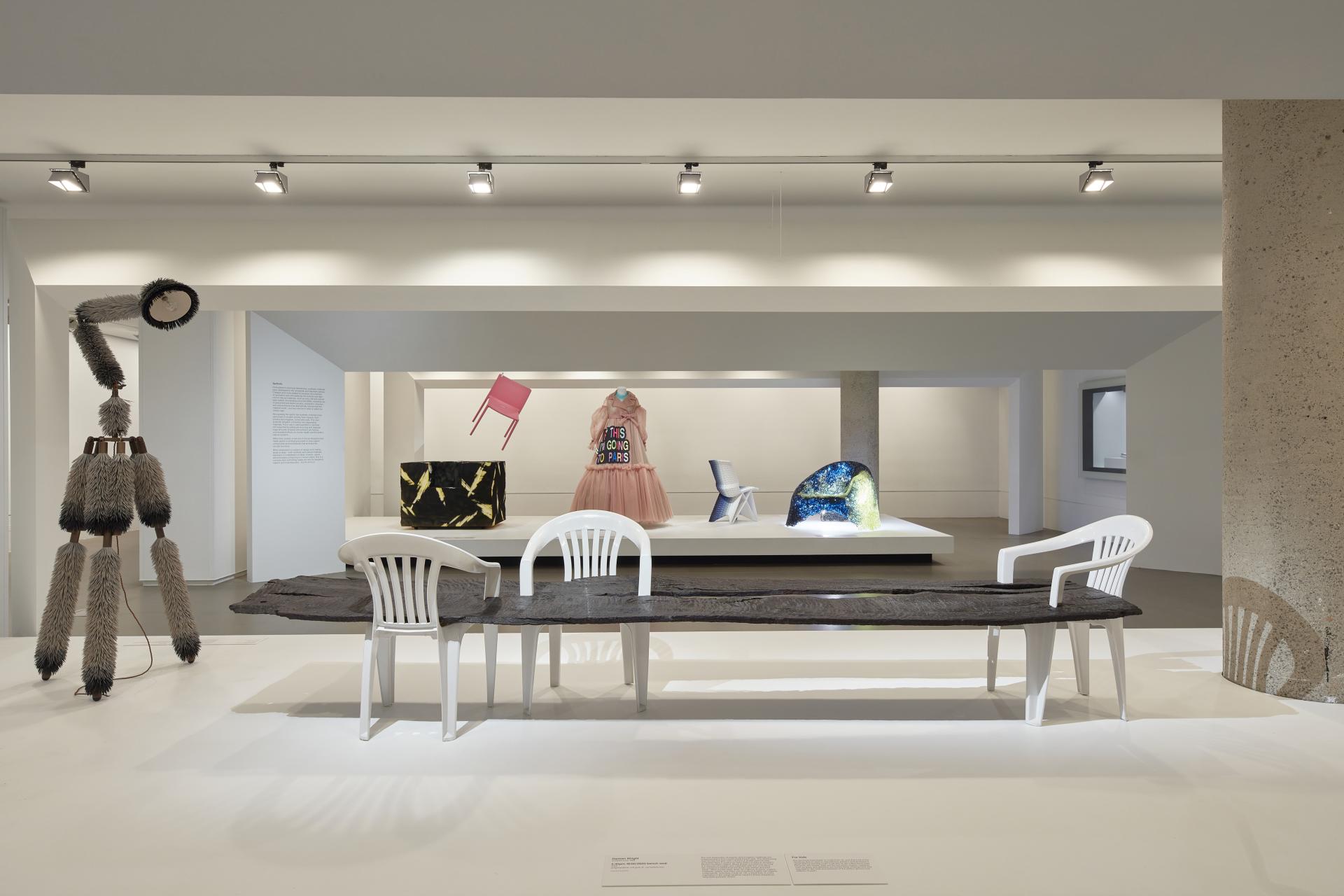
Installation view of History in the Making at NGV International from 22 May – 24 October 2021. Photo: Sean Fennessy
Nike’s iconic Air Jordan sneakers, also featured in the exhibition, were designed for American basketball player Michael Jordan in 1985, but they were made possible by chemist Charles Goodyear’s accidental invention of vulcanised rubber in 1839. Vulcanisation, a process which hardens the polymer and increases its durability, is considered one of the most significant material inventions to date.
Tony Ellwood AM, Director, NGV, said: "History in Making explores how the physical properties and origins of materials are intertwined with – and have helped to shape – human culture. Showcasing the breadth and diversity of design in the NGV Collection, this exhibition highlights humanity’s relationship to the material world, as well as the innovative materials that have – and continue – to make history."
History in the Making will be on display until 24 October 2021 at NGV International, St Kilda Road, Melbourne.


